
Apsara
Who is a Apsara?
An apsara is a celestial being in Hindu and Buddhist culture, who is usually depicted as a beautiful and graceful woman.
Apsaras are associated with water, clouds, music, and dance.
They serve as the handmaidens of Indra, the king of the gods, and entertain him and other deities with their singing and dancing.
They also have the power to change their shape and seduce mortal men, especially sages who practice asceticism.
Some of the most famous apsaras are Urvashi, Menaka, Rambha, Tilottama, and Ghritachi.
Apsaras are widely revered and admired in South and Southeast Asian cultures, where they are often depicted in sculpture, painting, literature, and performing arts.
Some of the most notable examples of apsara art are the frescoes at Ajanta in India and Sigiriya in Sri Lanka, and the sculptures and bas-reliefs at Angkor in Cambodia.
Apsaras are also known by different names in various languages, such as Accharā in Pali, Bidadari in Malay, Hapsari in Javanese, and Tennyo in Japanese.
Apsaras are considered to be the embodiment of beauty, elegance, and charm, as well as the inspiration for artistic creativity.
They represent the ideal of feminine grace and allure in many Asian traditions.
Example of the color palette for the image of Apsara

See these colors in NCS, PANTONE, RAL palettes...
What does a Apsara look like?
An apsara is a celestial being that resembles a beautiful woman.
She has fair skin, long hair, and graceful features.
She wears fine clothes and jewelry, and often carries a musical instrument or a flower.
She can fly in the air, and sometimes has wings or a halo.
She can also change her shape and appearance at will.
An apsara is skilled in dancing, singing, and playing music.
She entertains the gods and the heavenly musicians called gandharvas in the court of Indra, the king of the gods.
She also provides sensual pleasure for both gods and men, and sometimes seduces sages to distract them from their meditation.
An apsara is not immortal, but has a long lifespan.
She can be reborn as a human or another creature, depending on her karma.
She can also fall in love with a mortal and bear his children, but she usually has to leave him eventually.
Some famous apsaras are Urvashi, Menaka, Rambha, Tilottama, and Ghritachi.
Example of the color palette for the image of Apsara
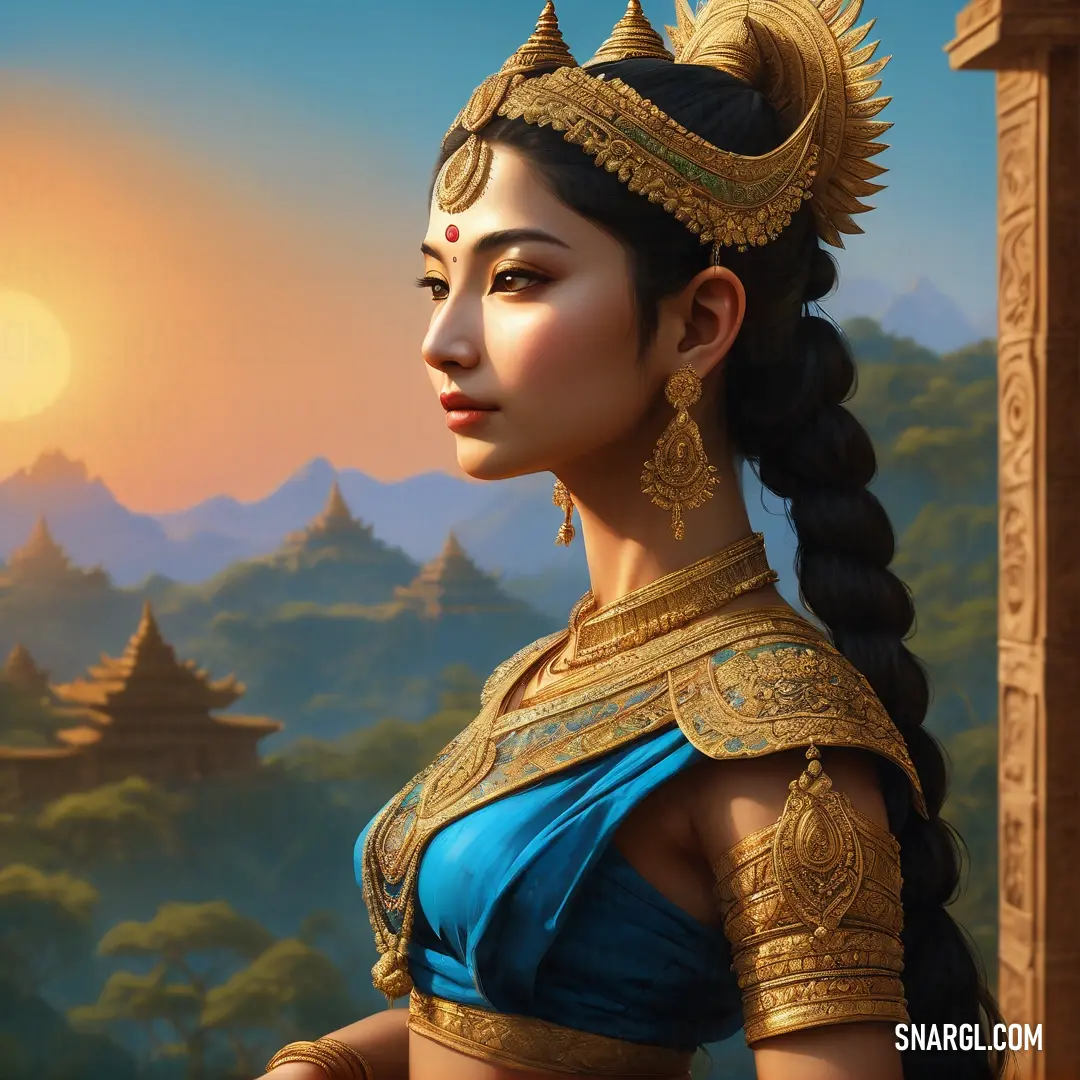
See these colors in NCS, PANTONE, RAL palettes...
Who are the 5 Apsaras?
Example of the color palette for the image of Apsara
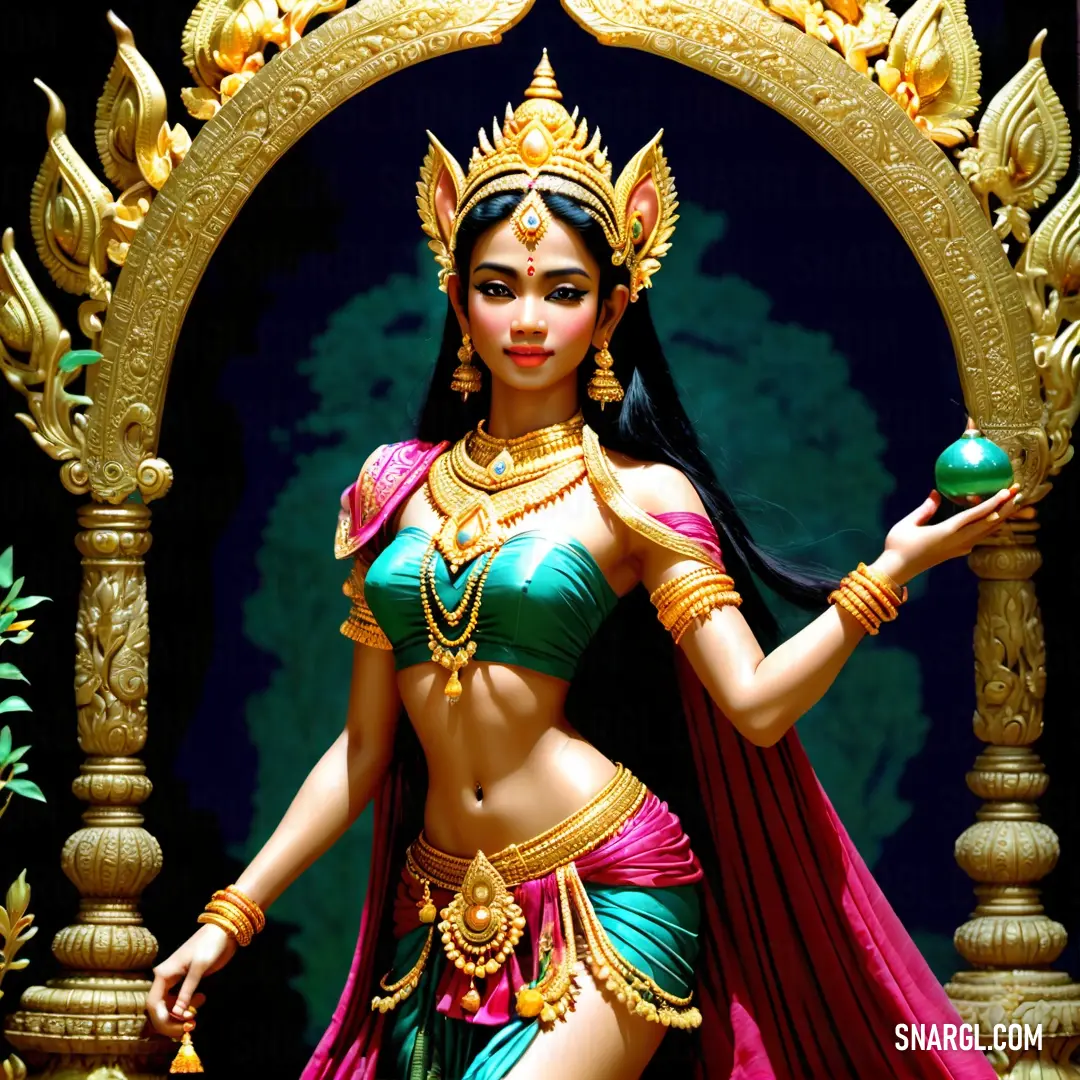
See these colors in NCS, PANTONE, RAL palettes...
What does Apsara symbolize?
Apsara is a term that refers to a class of celestial beings in Hindu and Buddhist mythology.
They are often depicted as beautiful and graceful female dancers who entertain the gods and sometimes seduce the sages.
Apsara symbolizes different aspects of culture, spirituality, and art in various regions of Asia, especially in Cambodia, where the Apsara dance is a traditional and iconic form of expression.
In Hindu mythology, Apsara is derived from the Sanskrit word "apsaras", meaning "going in the waters or between the waters of the clouds".
They are said to be able to change their shape at will and to possess various skills in music, dance, and art.
They are also associated with fertility, prosperity, and good fortune.
There are two types of Apsaras: laukika (worldly) and daivika (divine).
The laukika Apsaras are born from the union of gods and mortals, while the daivika Apsaras are created by the god Brahma.
The most famous Apsara in Hindu mythology is Urvashi, who was the wife of the king Pururavas and the mother of the lunar dynasty.
In Buddhist mythology, Apsara is also known as Acchara or Bidadari.
They are considered to be one of the eight classes of non-human beings who are subject to the cycle of rebirth.
They live in the Trayastrimsa heaven, the second of the six heavens of the desire realm, where they serve as the attendants of the god Sakra (Indra).
They are also known to tempt and test the monks and nuns who practice meditation in the forests.
Some Apsaras, such as Suprava and Sujata, are revered as the benefactors of the Buddha and his disciples.
In Cambodia, Apsara is a symbol of the Khmer culture and heritage.
The Apsara dance is a form of classical dance that originated from the Angkor period, between the 9th and 15th centuries, when the Khmer Empire was at its peak.
The dance was performed by trained dancers who were highly esteemed in Khmer society.
The dance was influenced by Indian and Chinese traditions, as well as the local beliefs and customs.
The dance is known for its elegant and graceful movements, intricate hand gestures, and traditional costumes.
The dancers wear long and flowing silk dresses adorned with golden accessories and headdresses.
The dresses are designed to resemble the heavenly robes of the Apsaras, while the headdresses are decorated with jewels and feathers.
The dance is performed in a slow and refined manner, with each gesture and step conveying a specific meaning.
The Apsara dance symbolizes the spirituality, femininity, and the connection between humans and the divine in Cambodian culture.
The dance is an expression of the ethereal beauty and the artistic talent of the Apsaras, who are the guardians and the inspirations of the Khmer civilization.
The dance is also a way of preserving and celebrating the rich and ancient history of Cambodia, as well as its identity and pride.
The dance is performed during important ceremonies and festivals, such as coronations, weddings, and funerals.
It is also a form of entertainment and education for the people, as it depicts various stories and legends from the Khmer mythology and literature.
The Apsara dance is a unique and valuable cultural heritage of Cambodia, as well as a symbol of the Apsara, the celestial nymphs who are the embodiment of beauty, grace, and art.
Example of the color palette for the image of Apsara
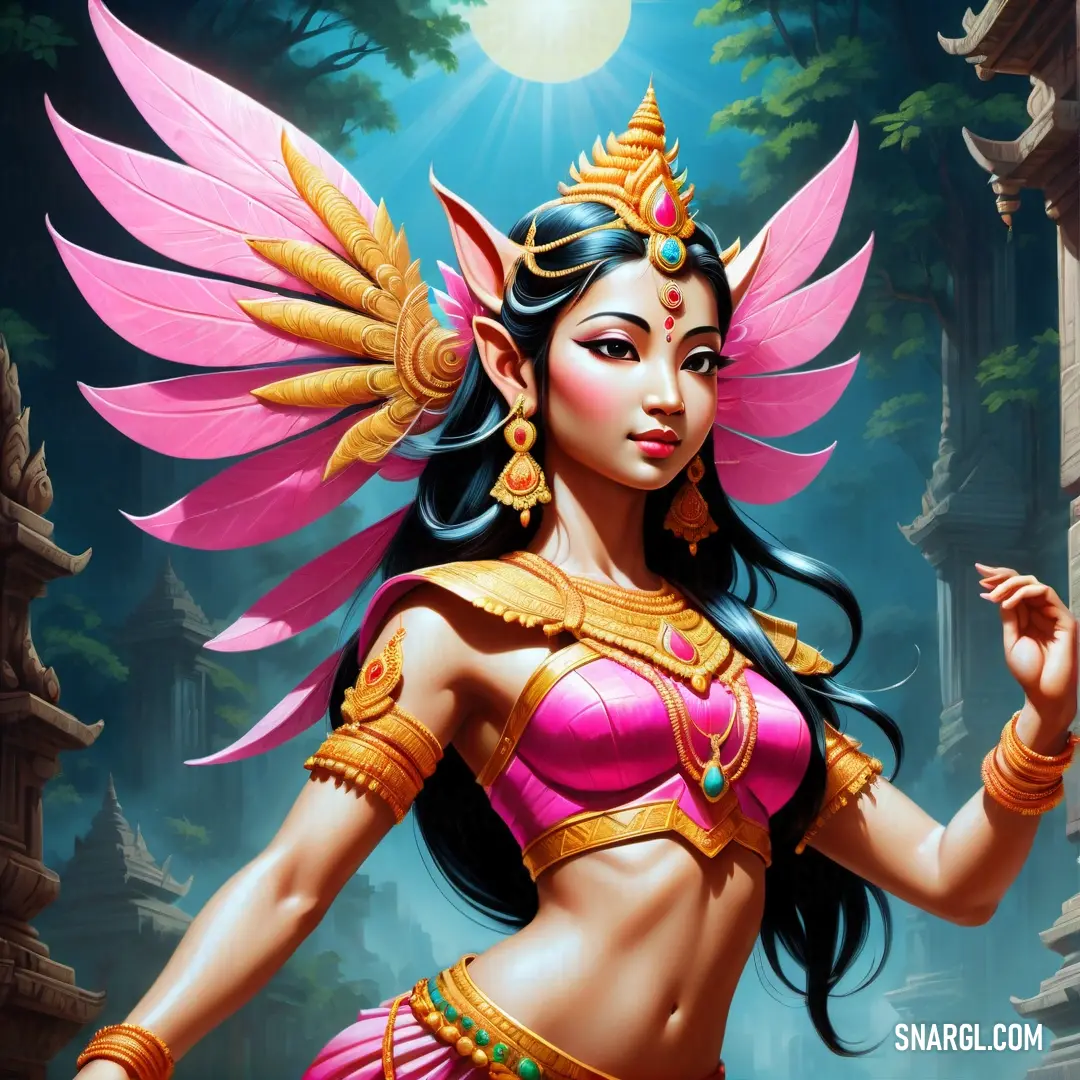
See these colors in NCS, PANTONE, RAL palettes...
Who is most beautiful Apsara?
Example of the color palette for the image of Apsara
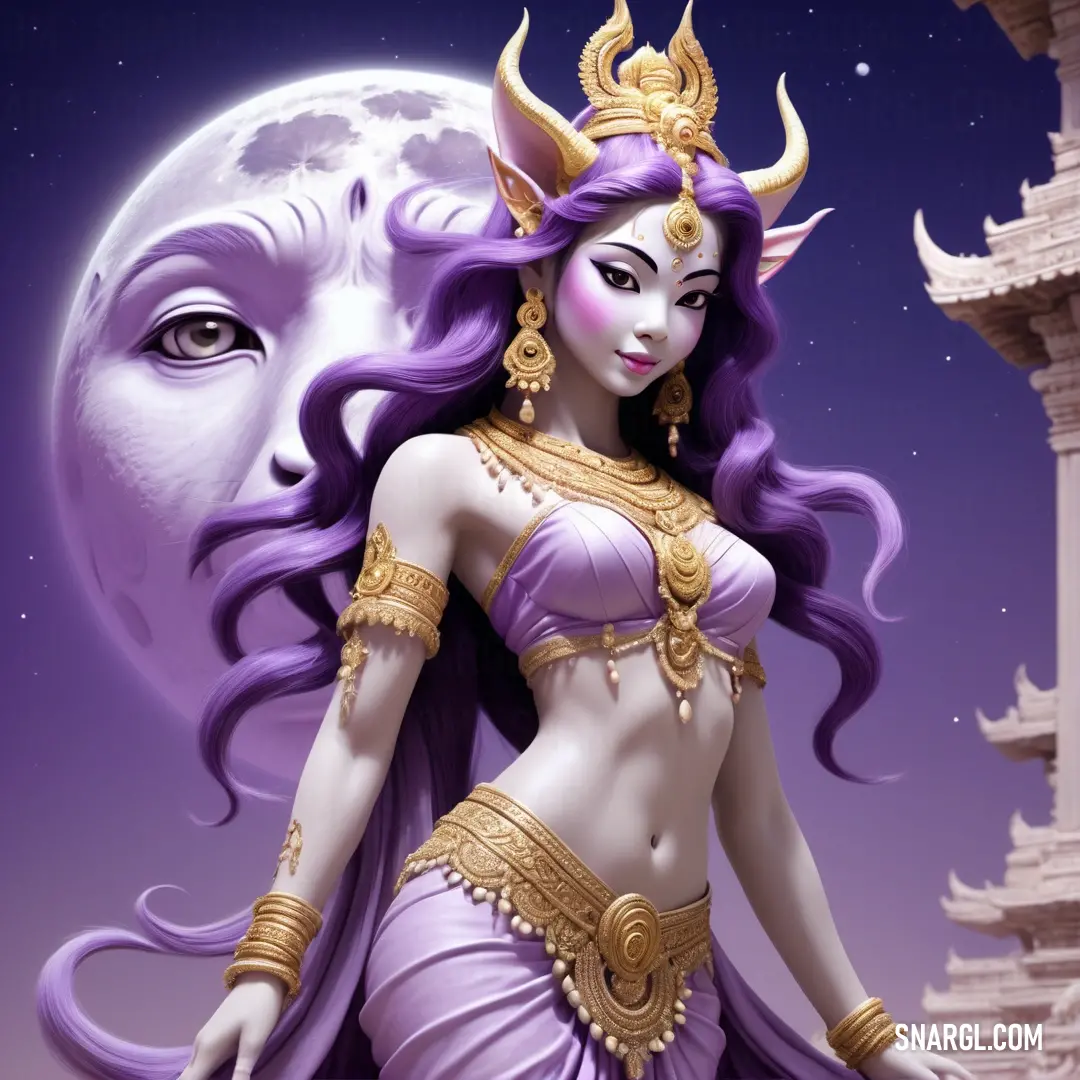
See these colors in NCS, PANTONE, RAL palettes...
What powers do Apsaras have?
Example of the color palette for the image of Apsara
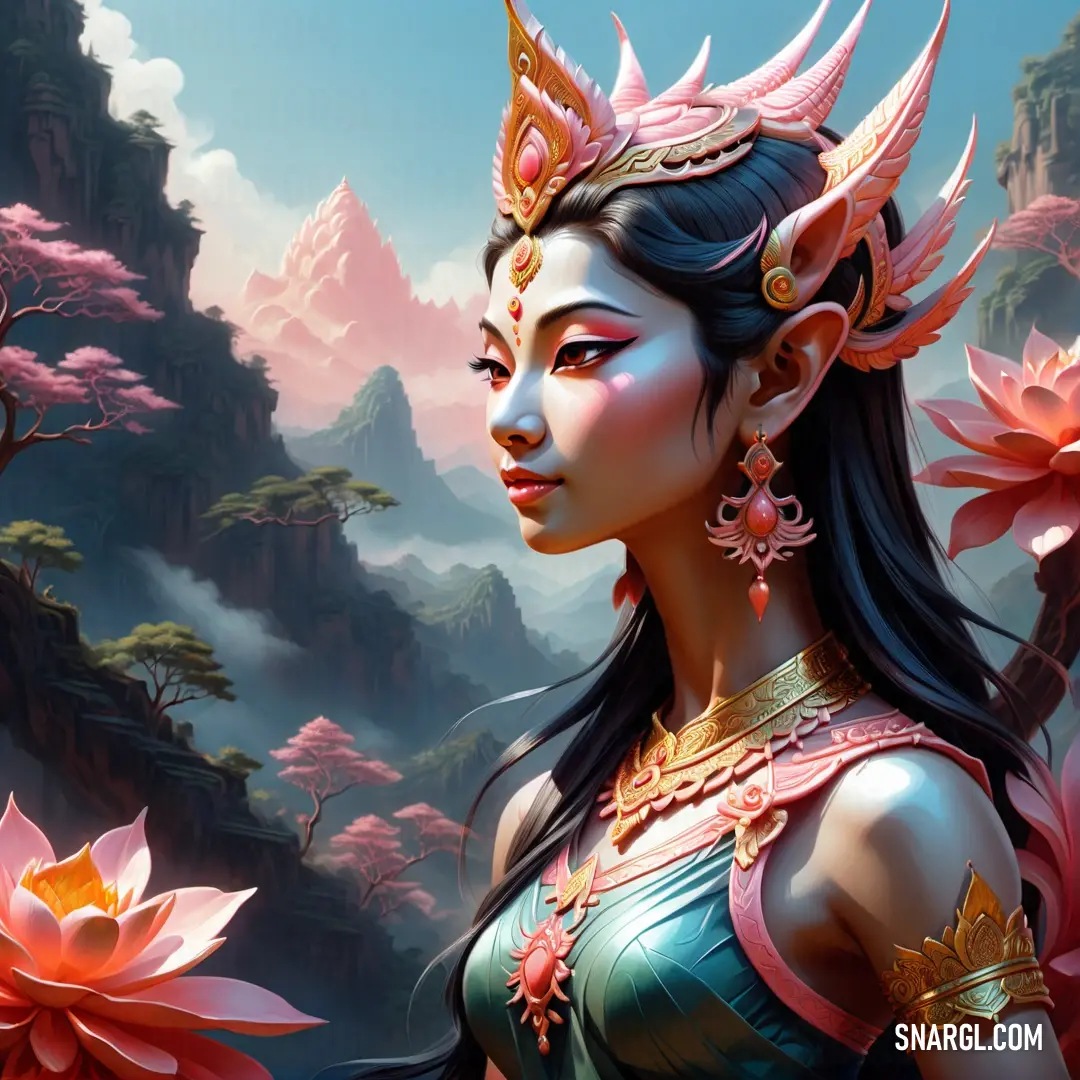
See these colors in NCS, PANTONE, RAL palettes...


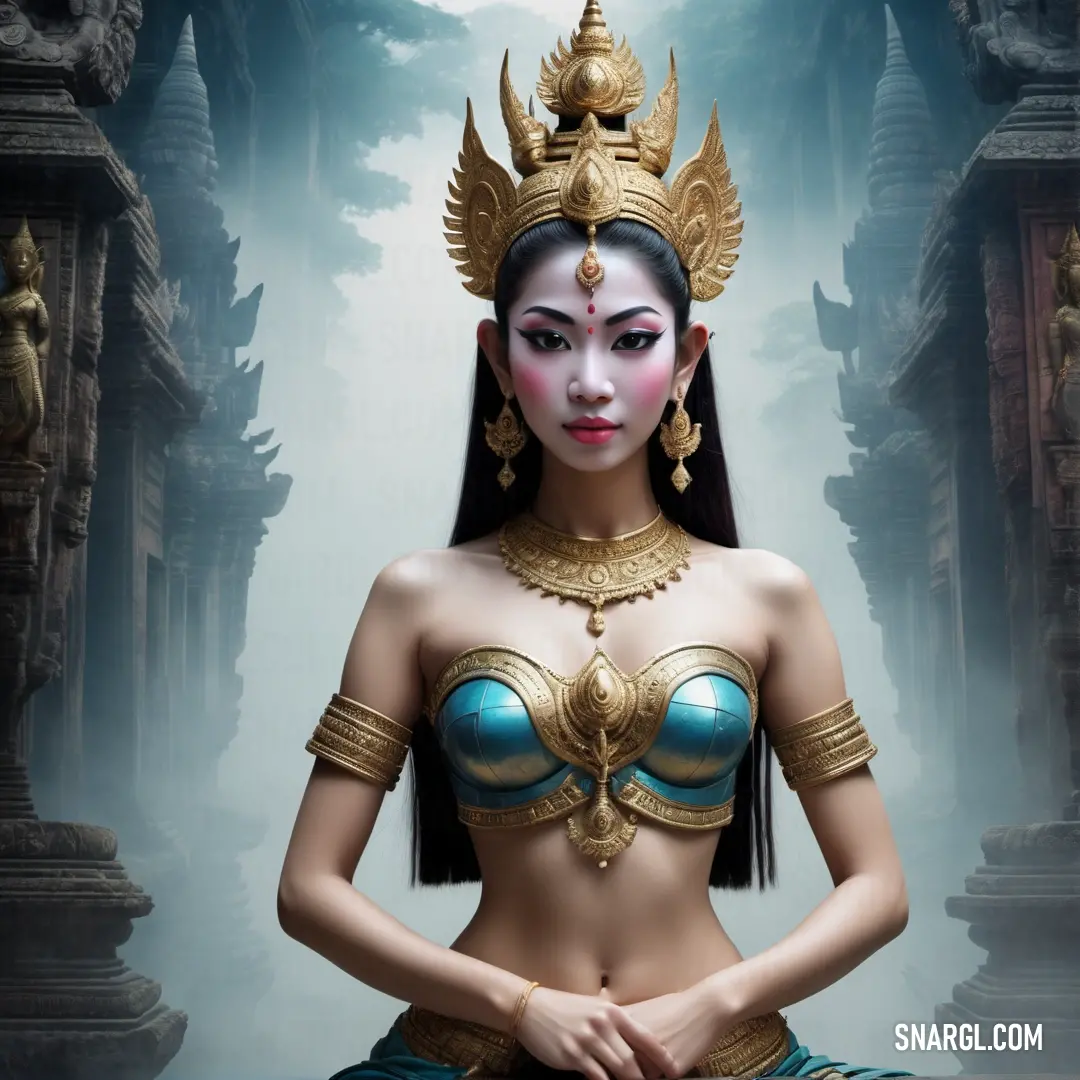
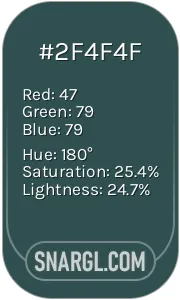 Dark slate gray
Dark slate gray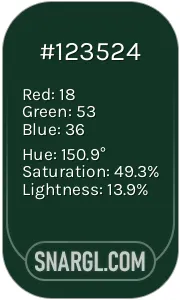 Phthalo green
Phthalo green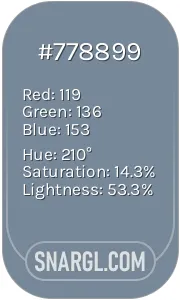 Light slate gray
Light slate gray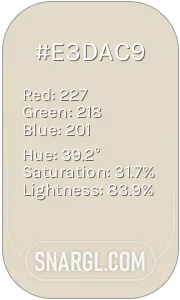 Bone
Bone Dim gray
Dim gray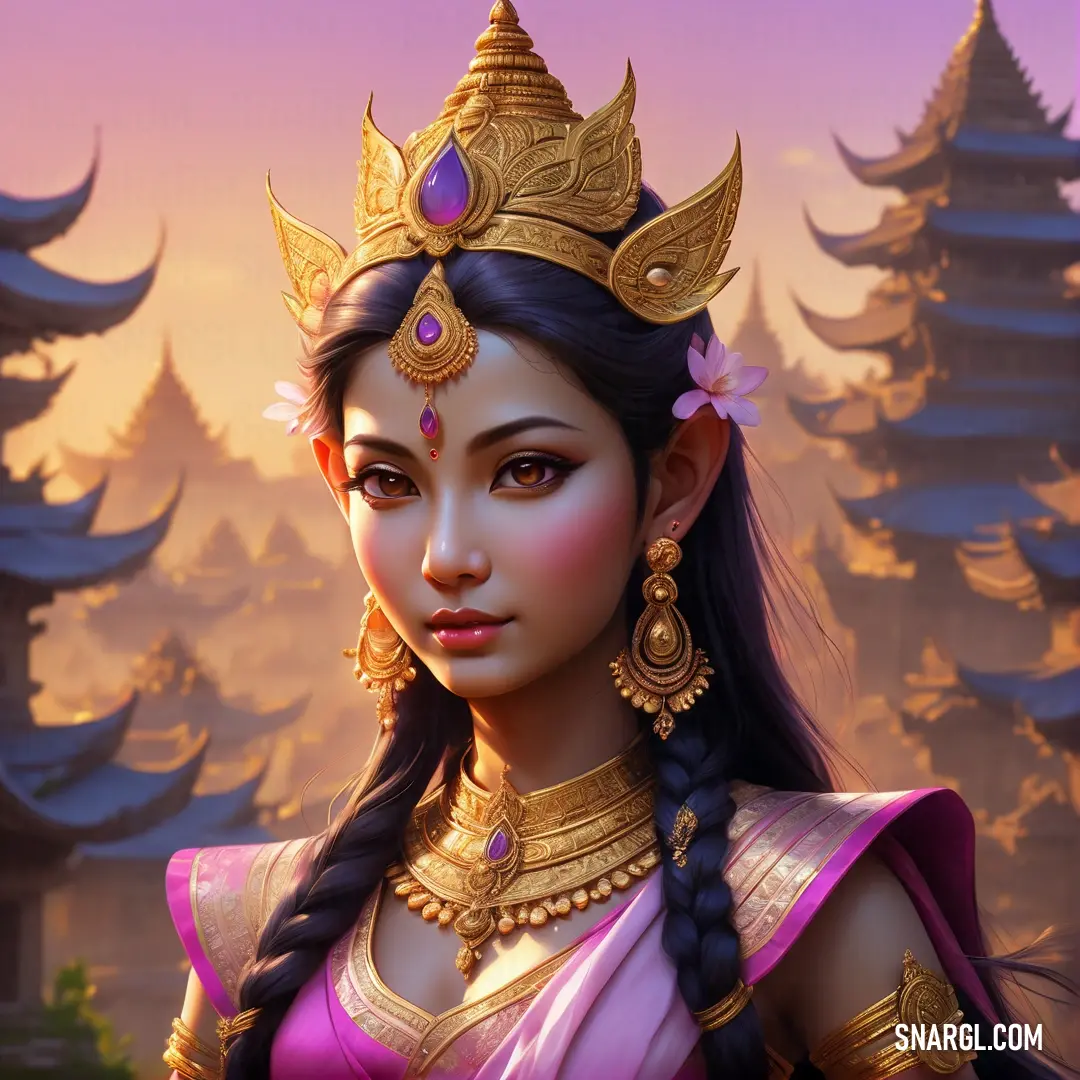
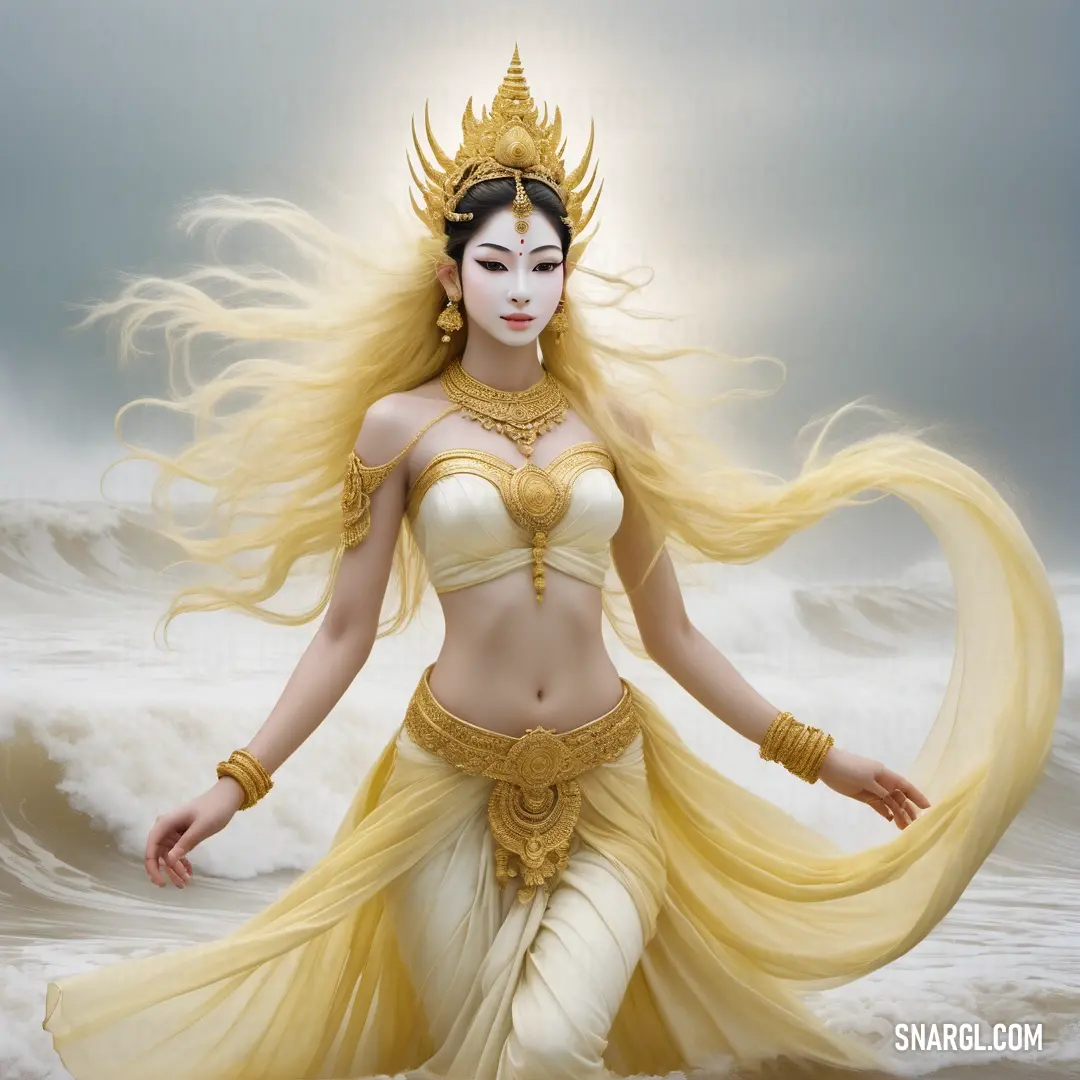
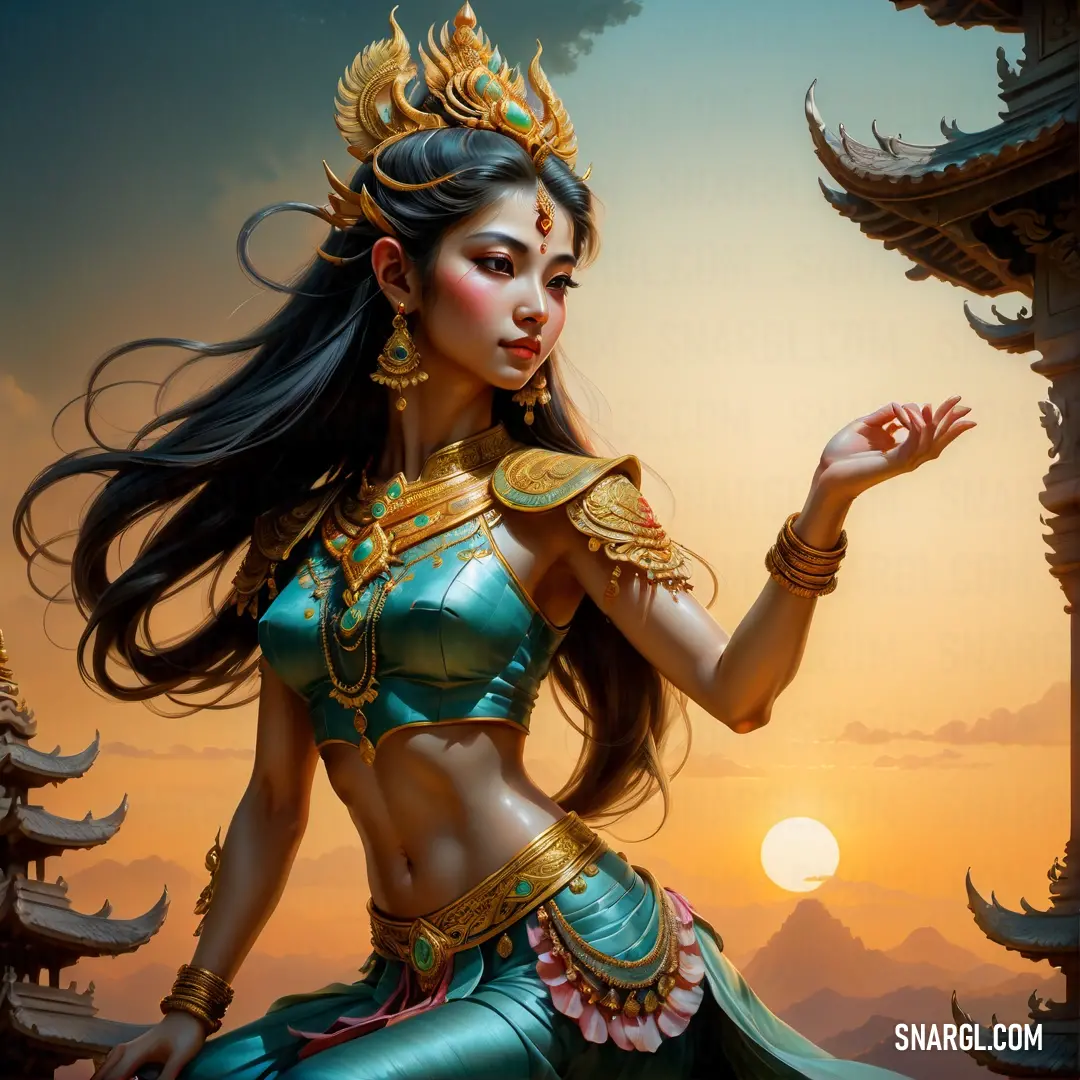
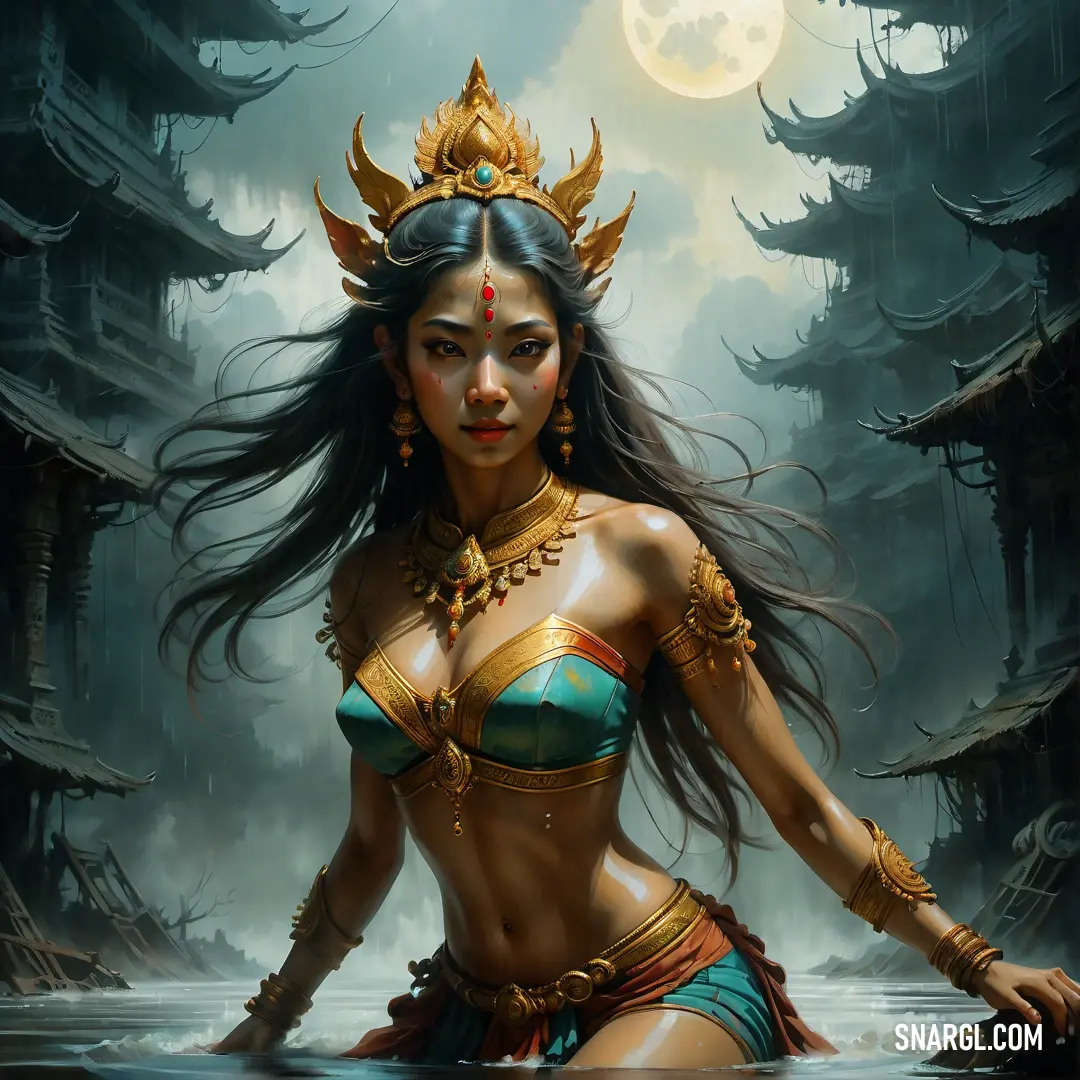
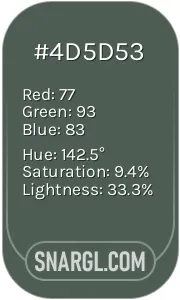 Feldgrau
Feldgrau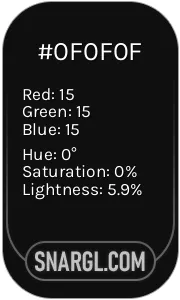 Onyx
Onyx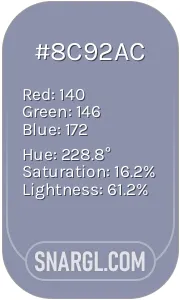 Cool grey
Cool grey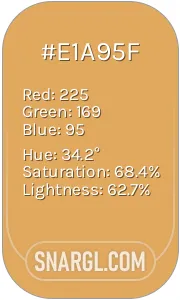 Earth yellow
Earth yellow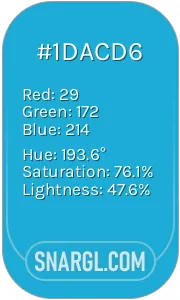 Bright cerulean
Bright cerulean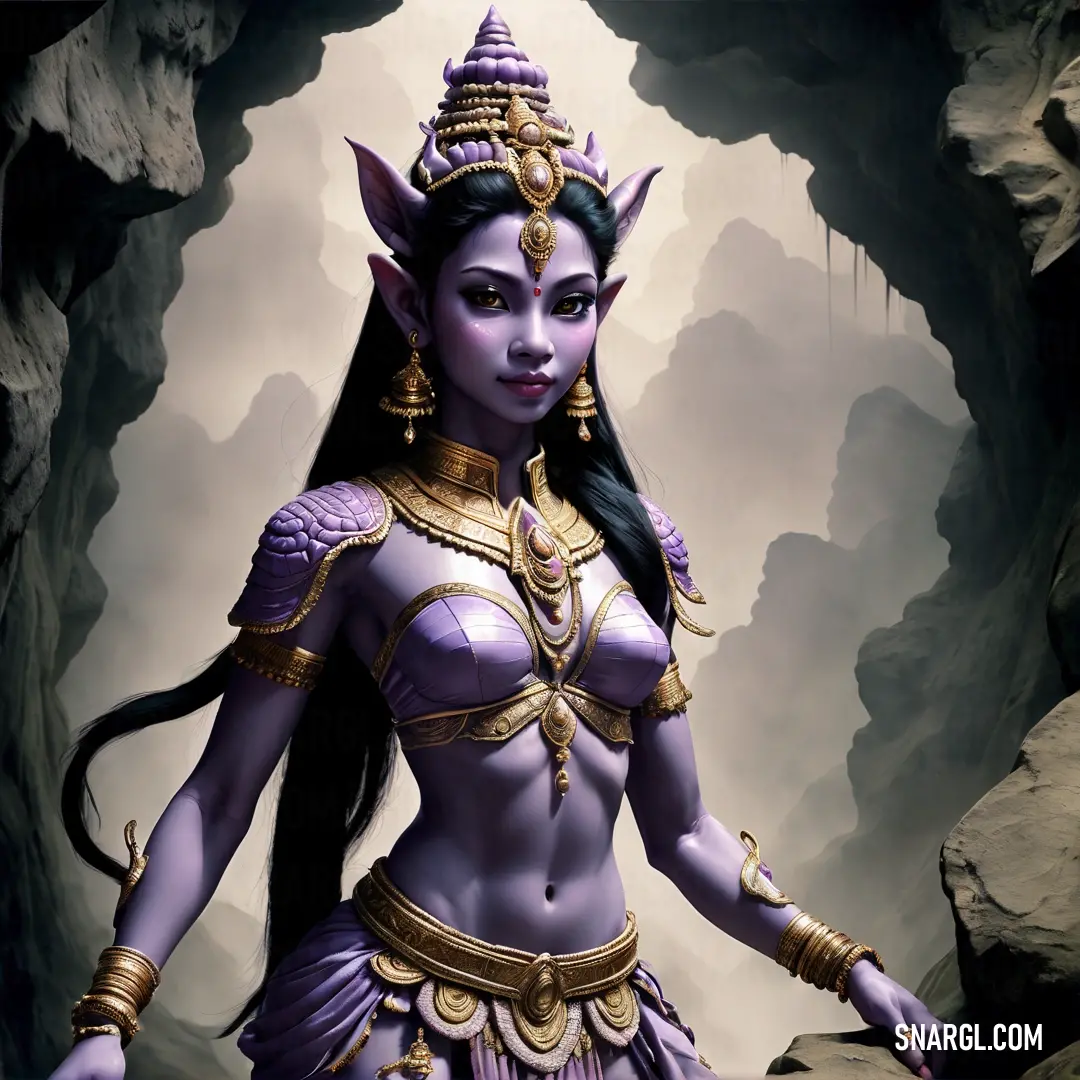
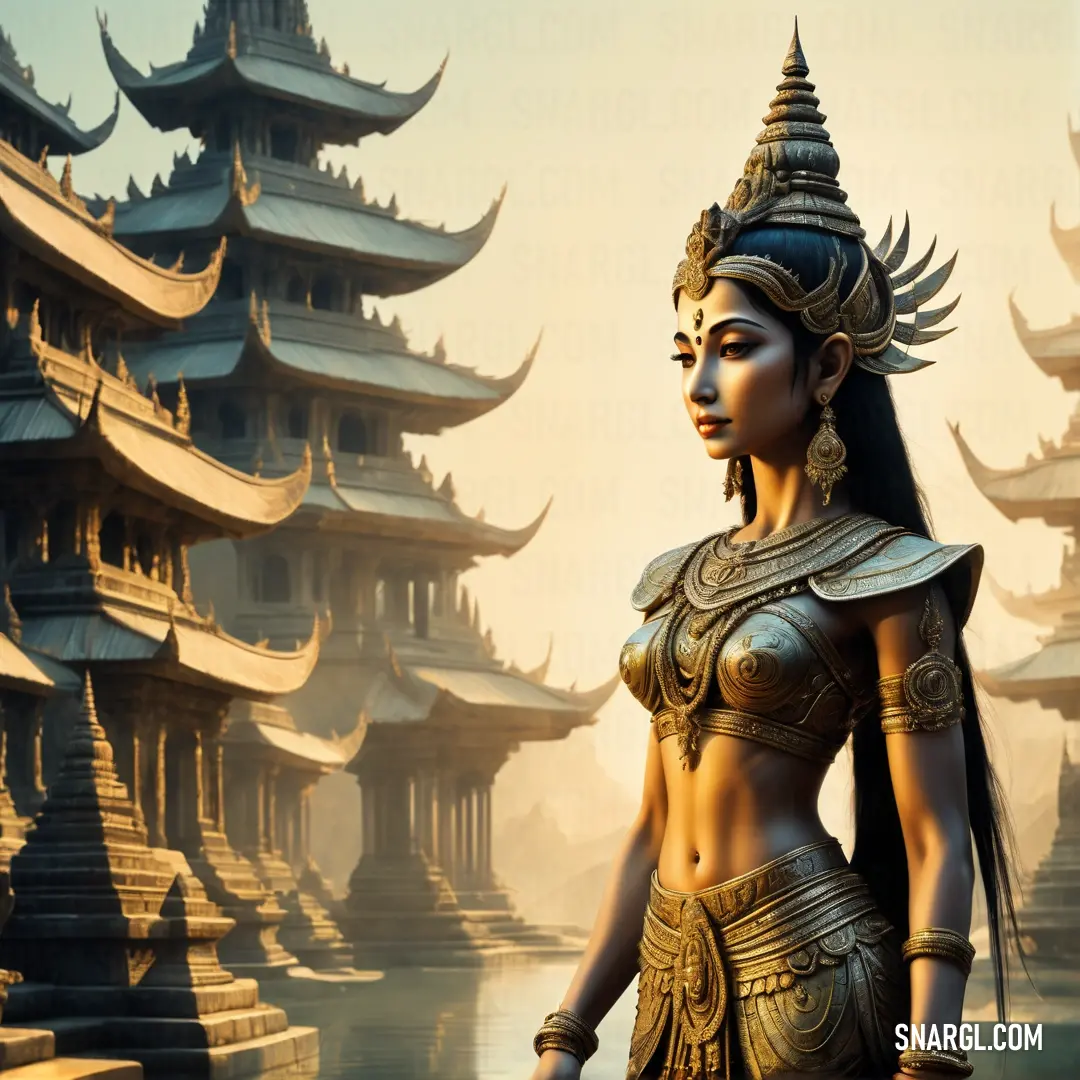
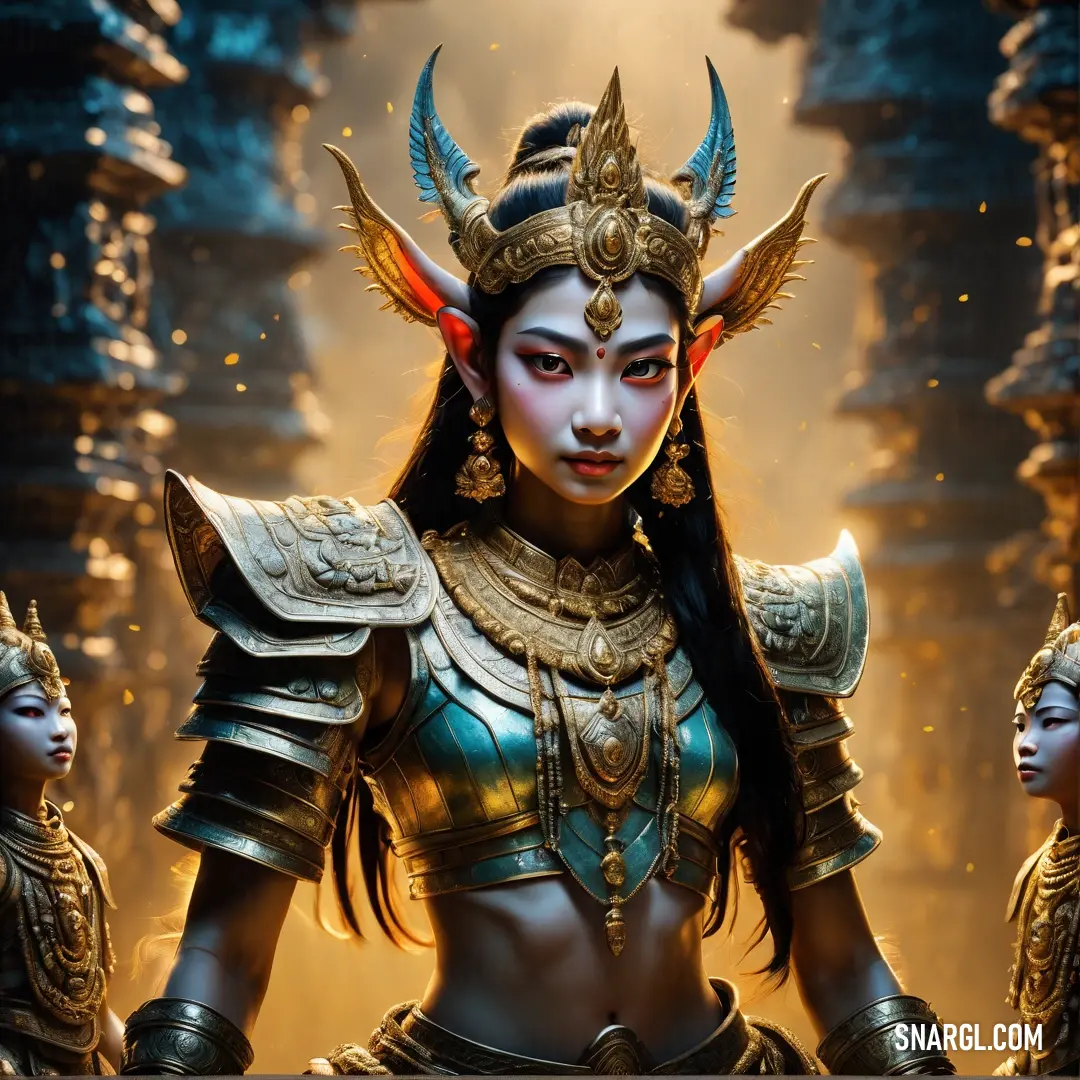
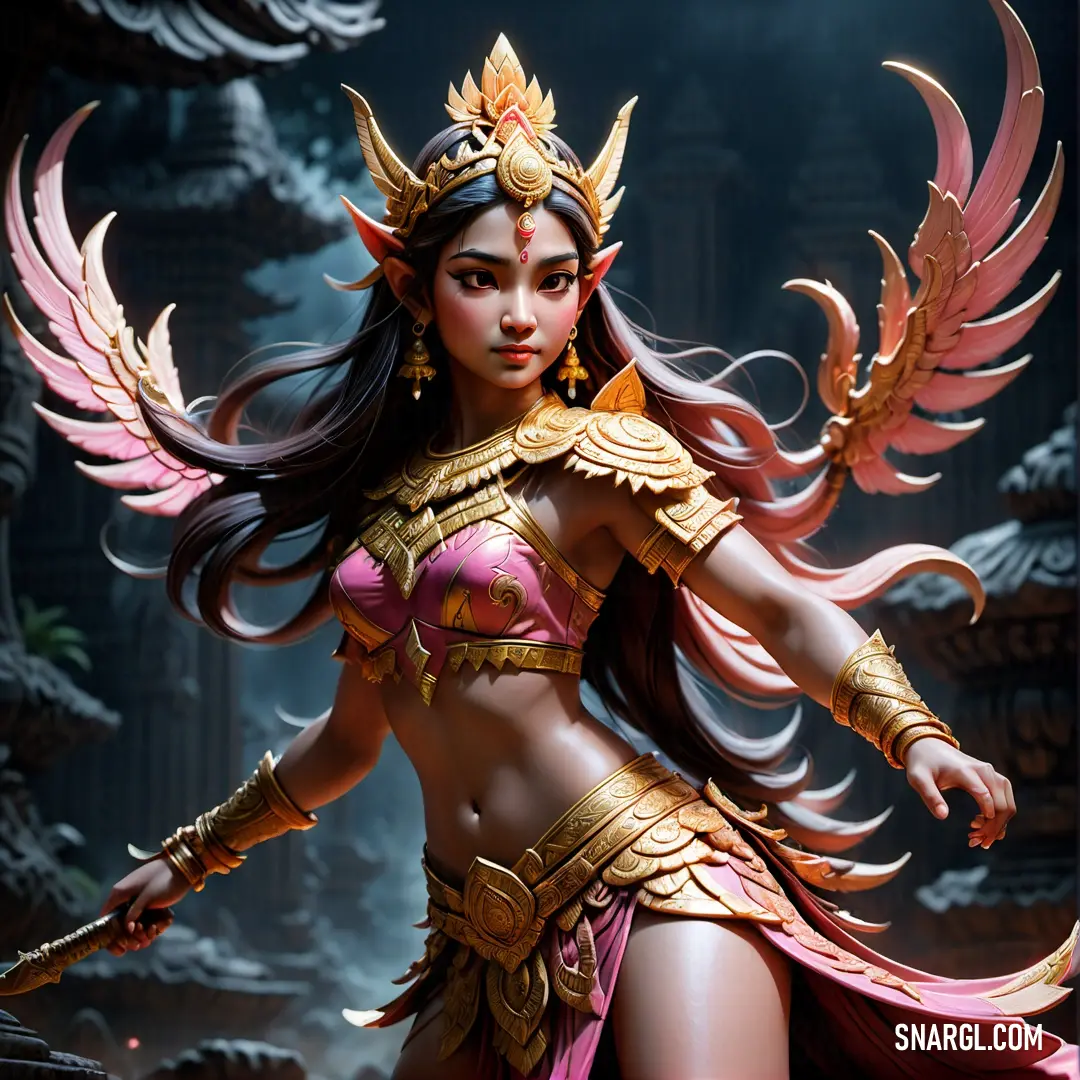
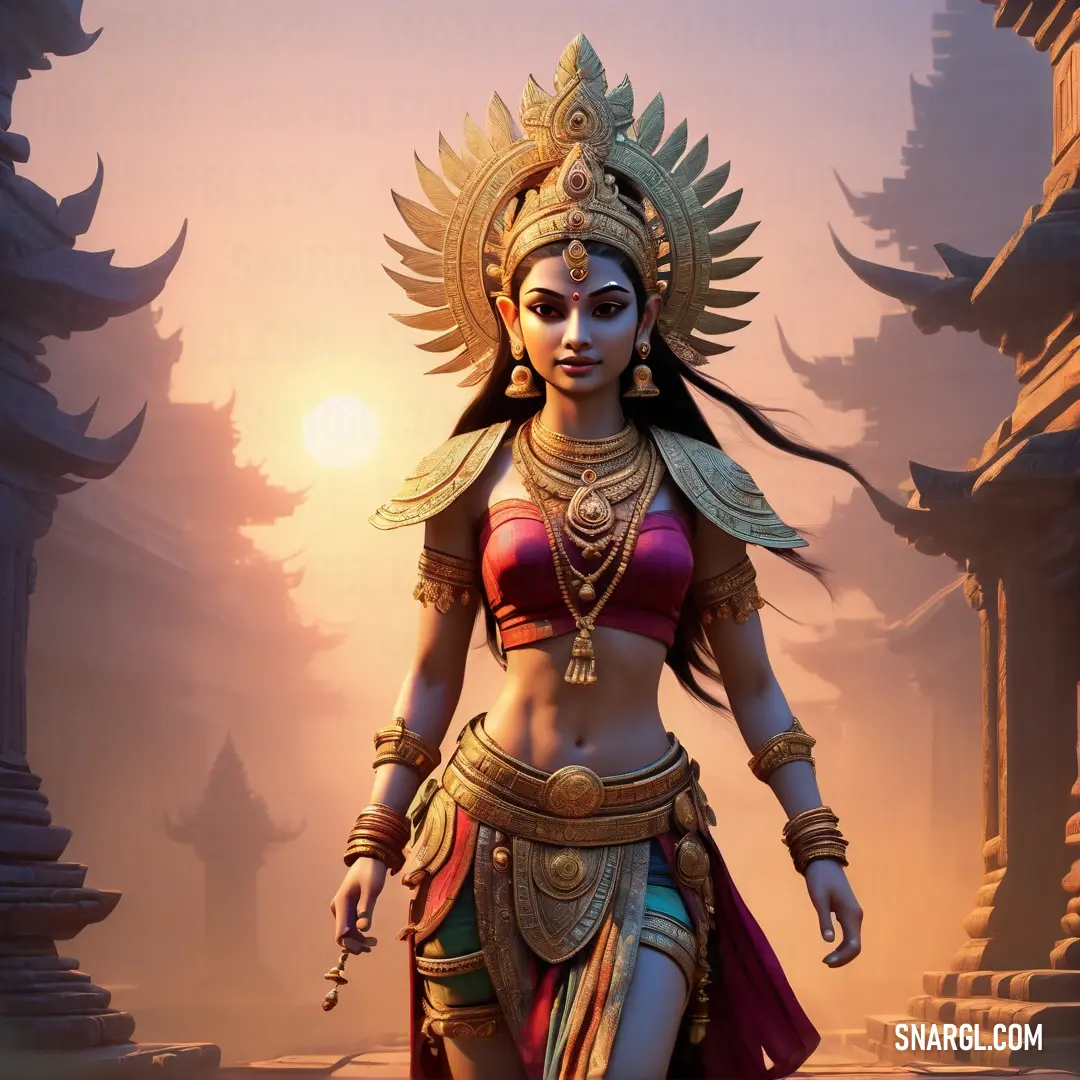
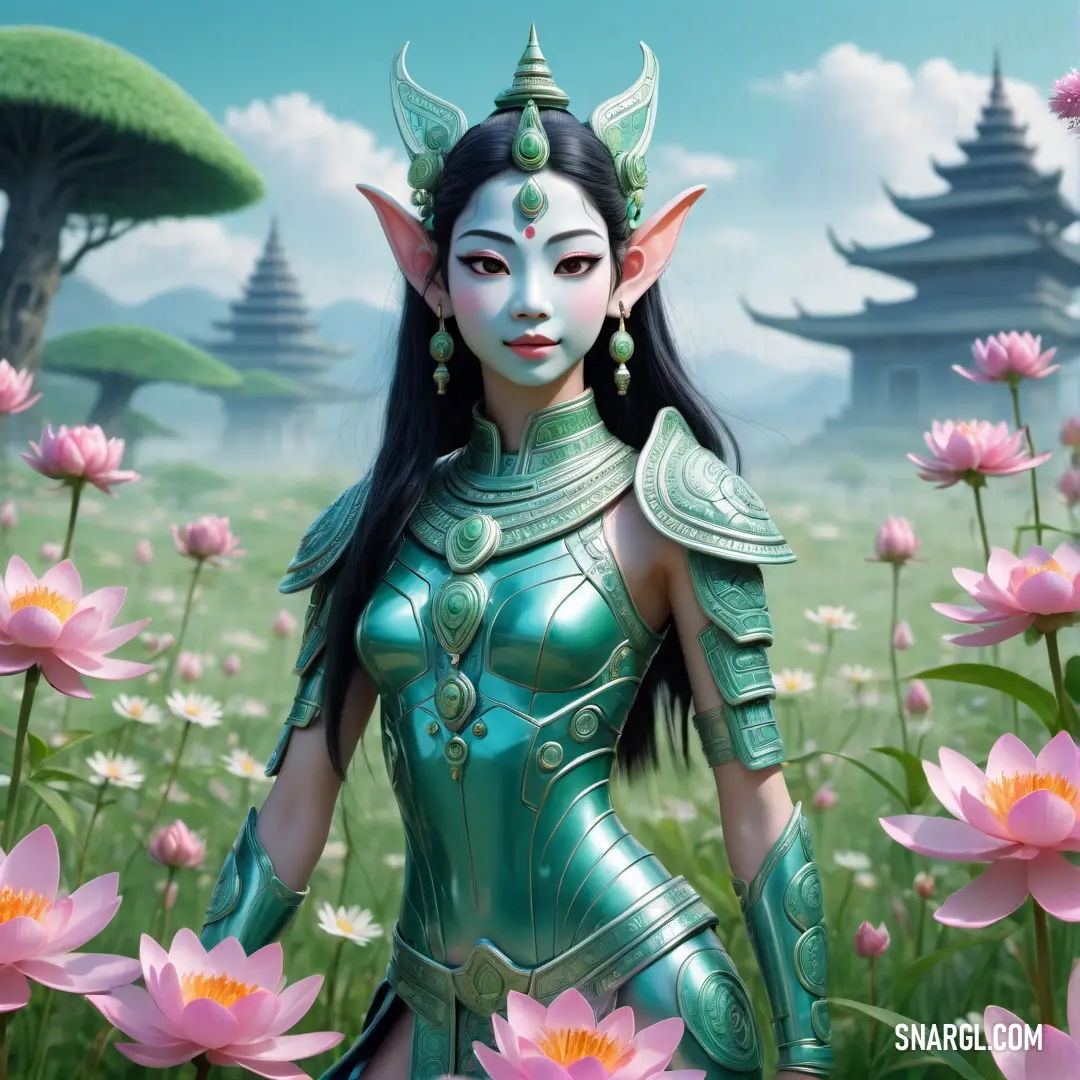
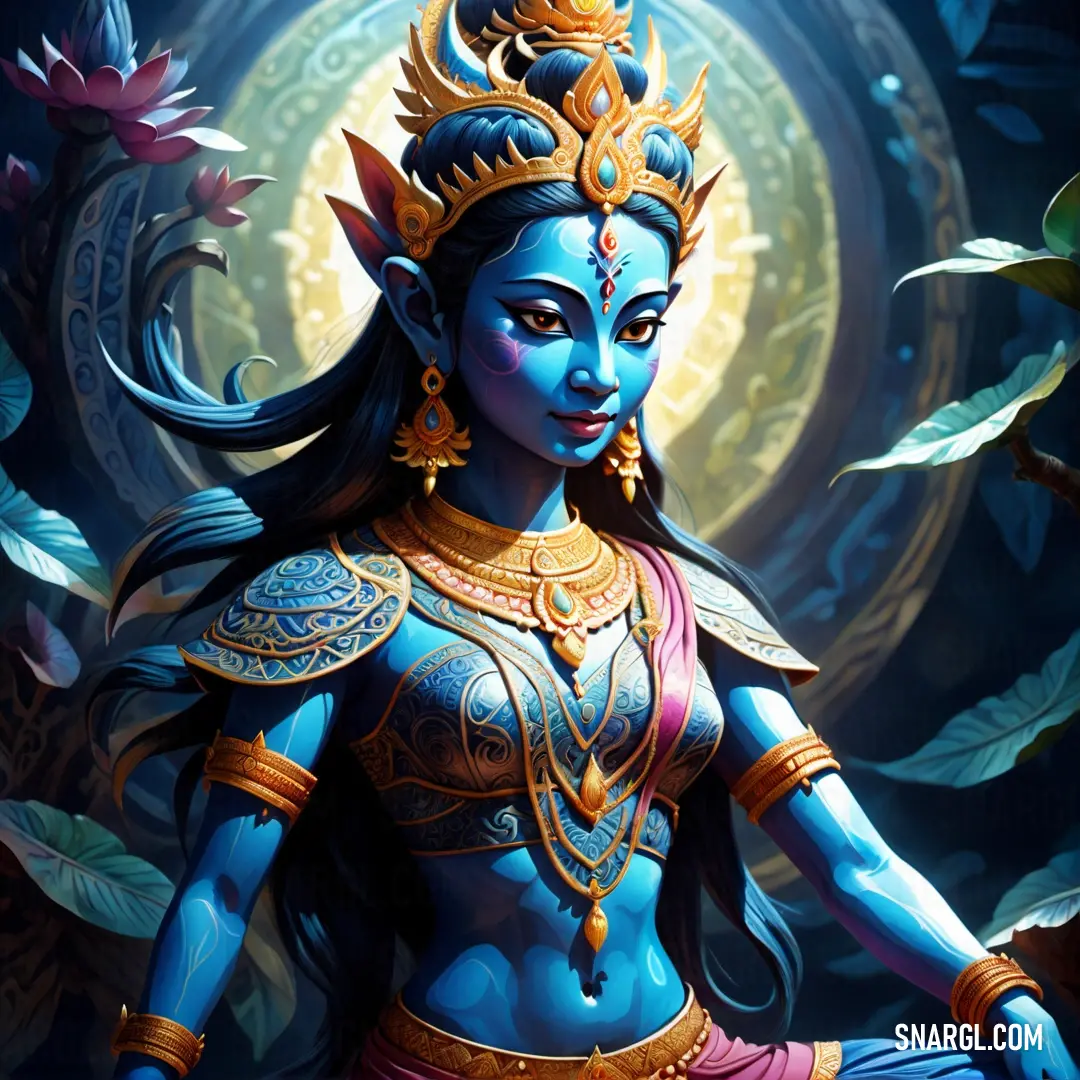
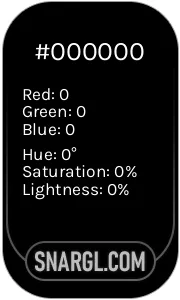 Black
Black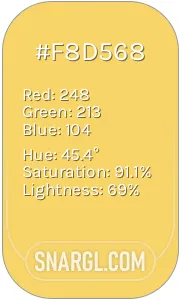 Orange Yellow
Orange Yellow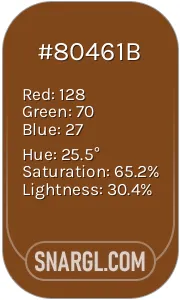 Russet
Russet Cerise pink
Cerise pink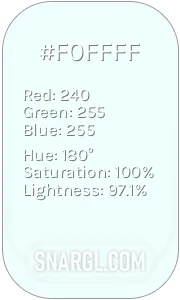 Azure mist/web
Azure mist/web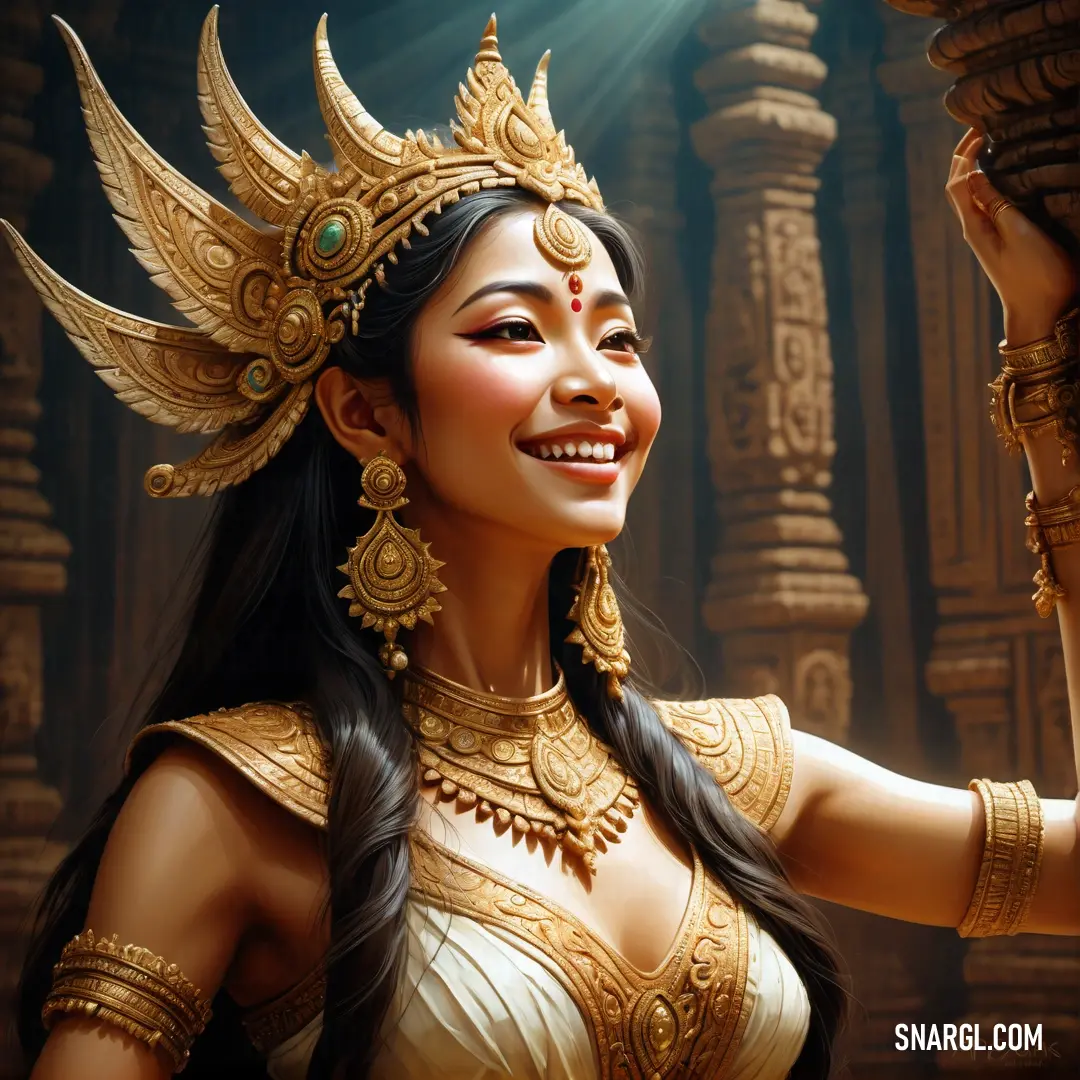
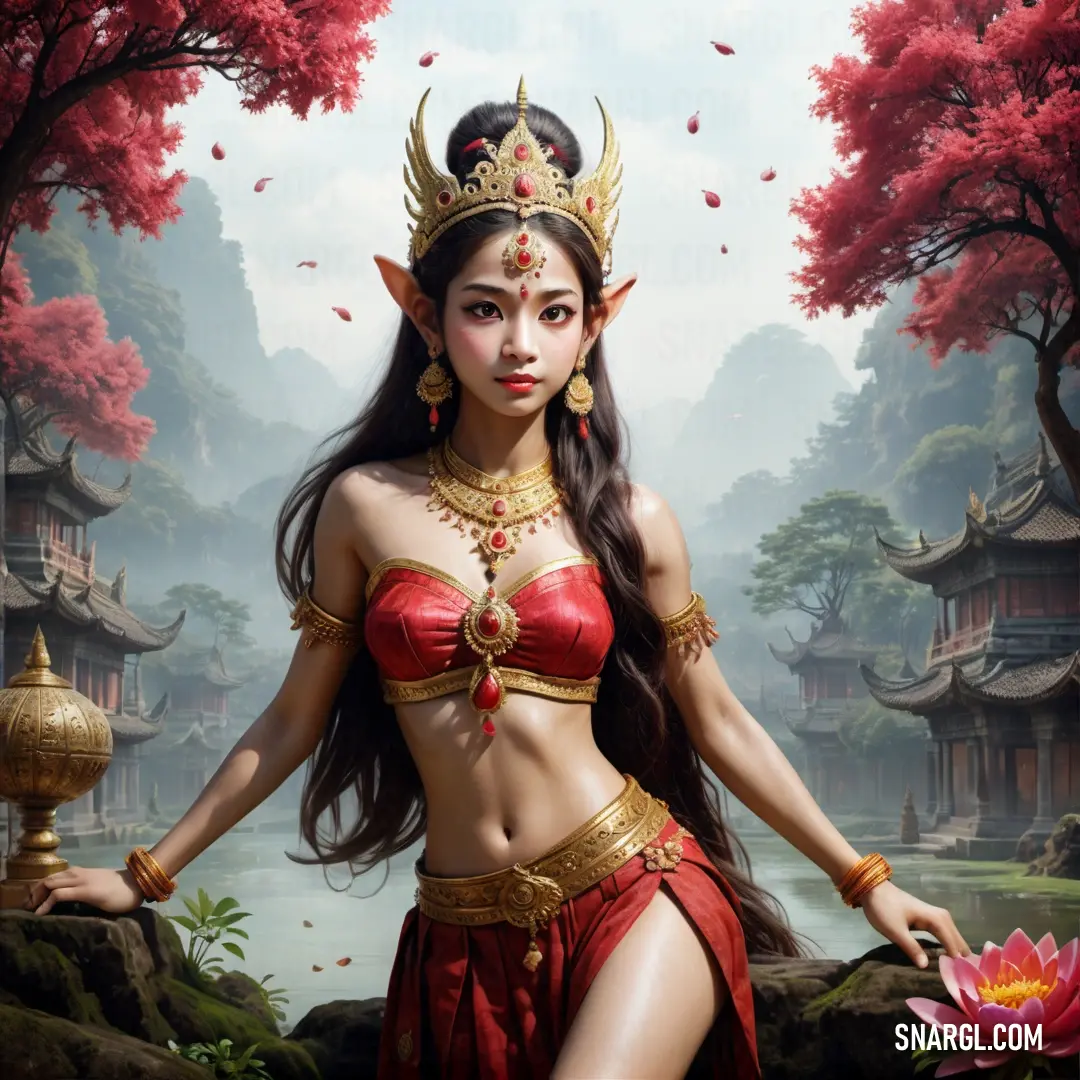
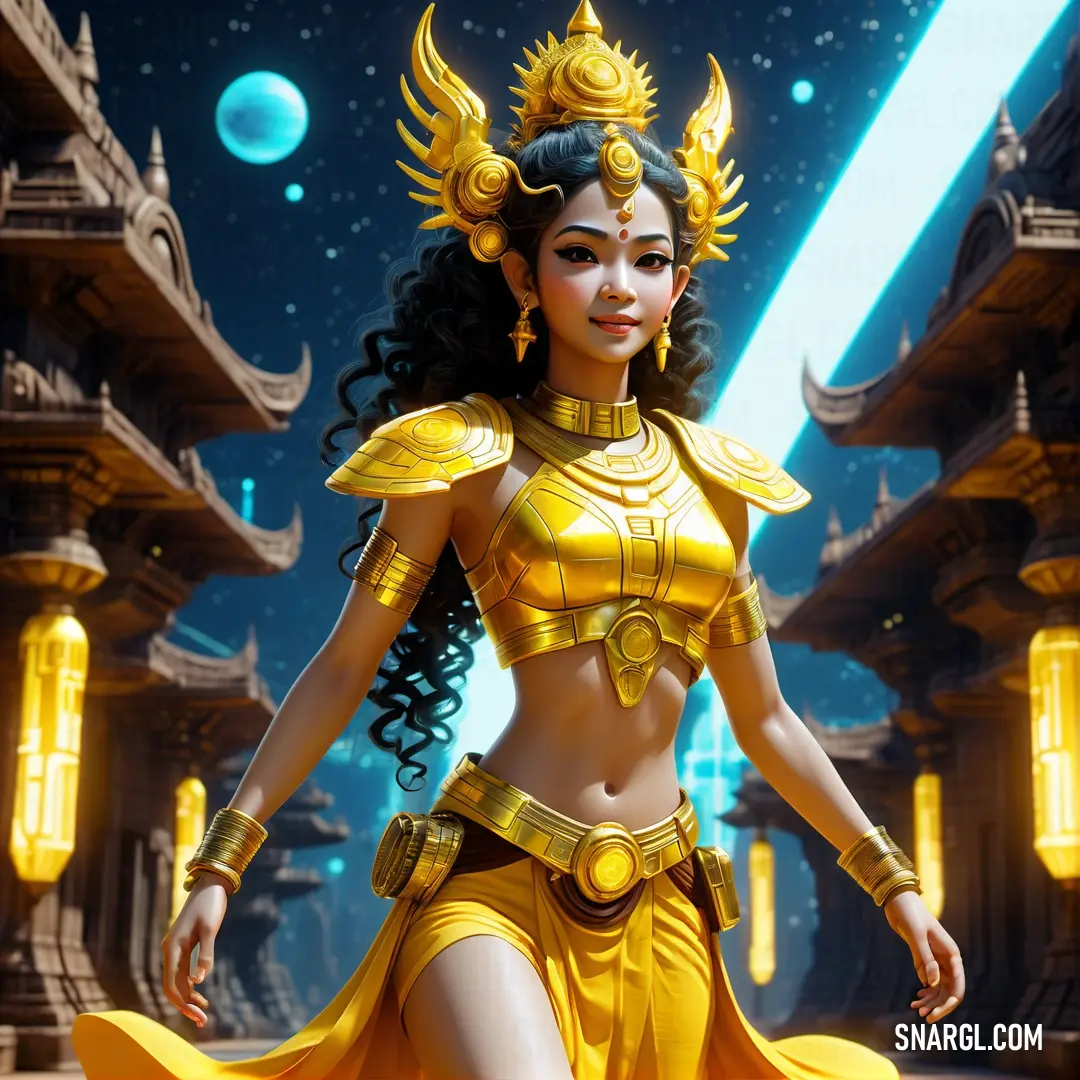
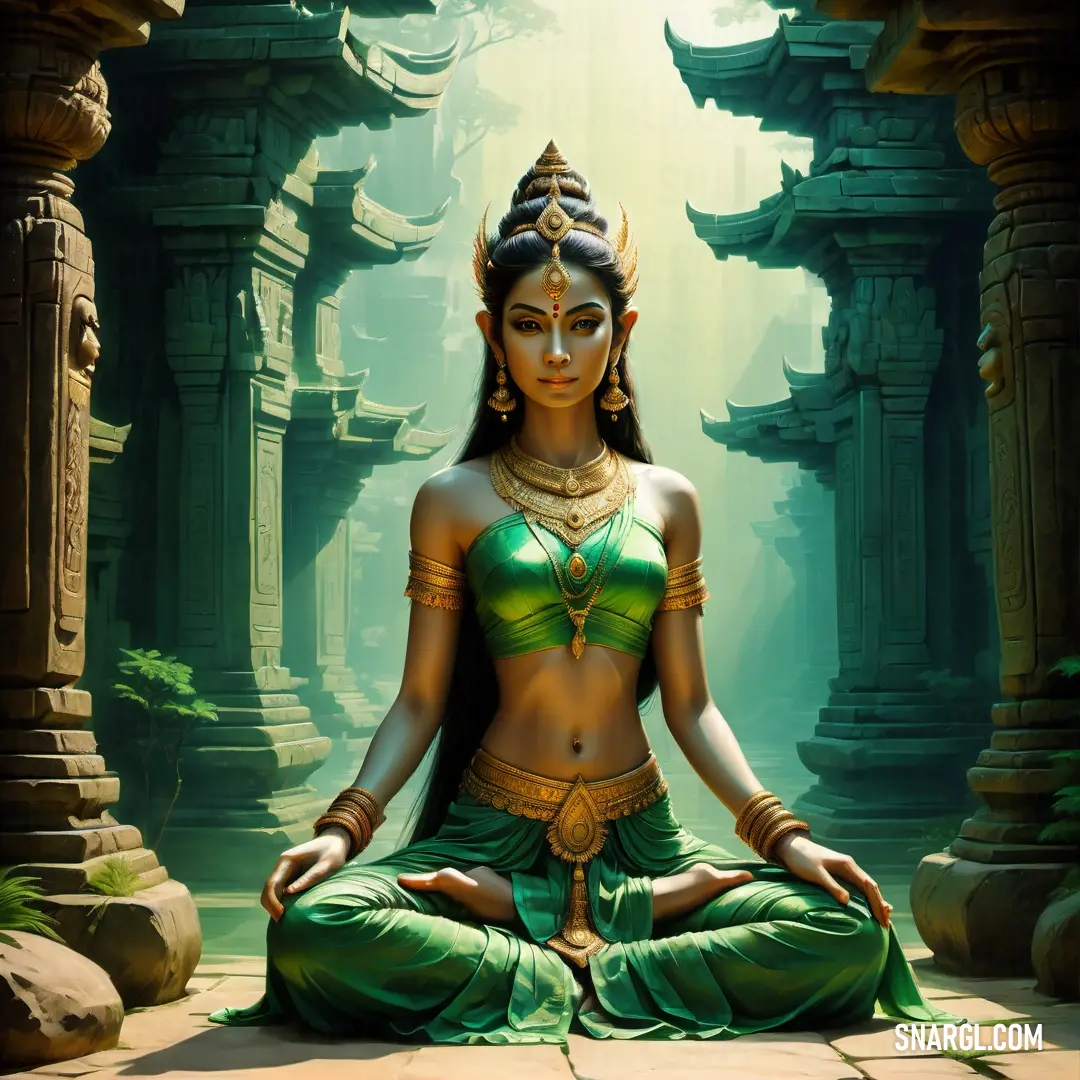
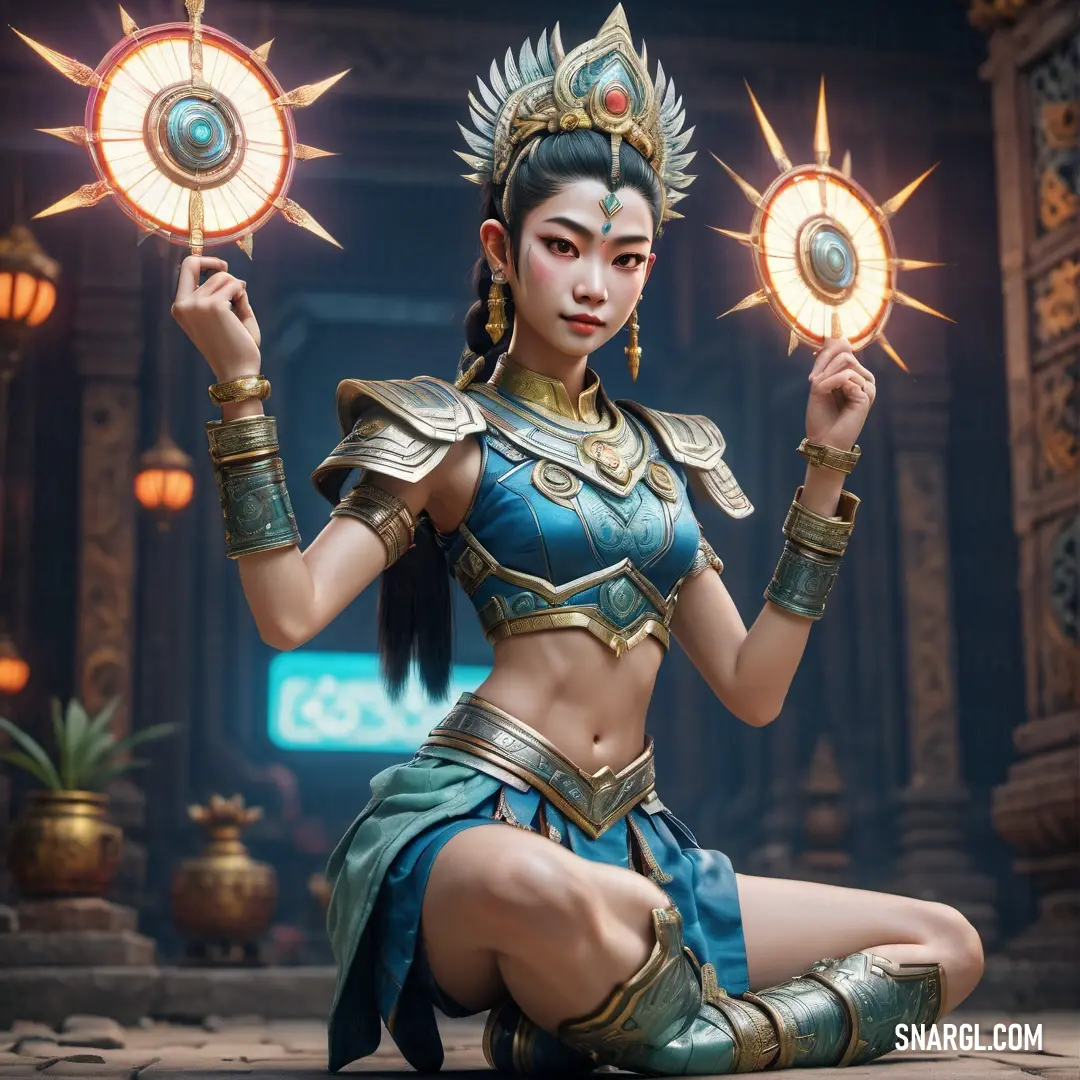
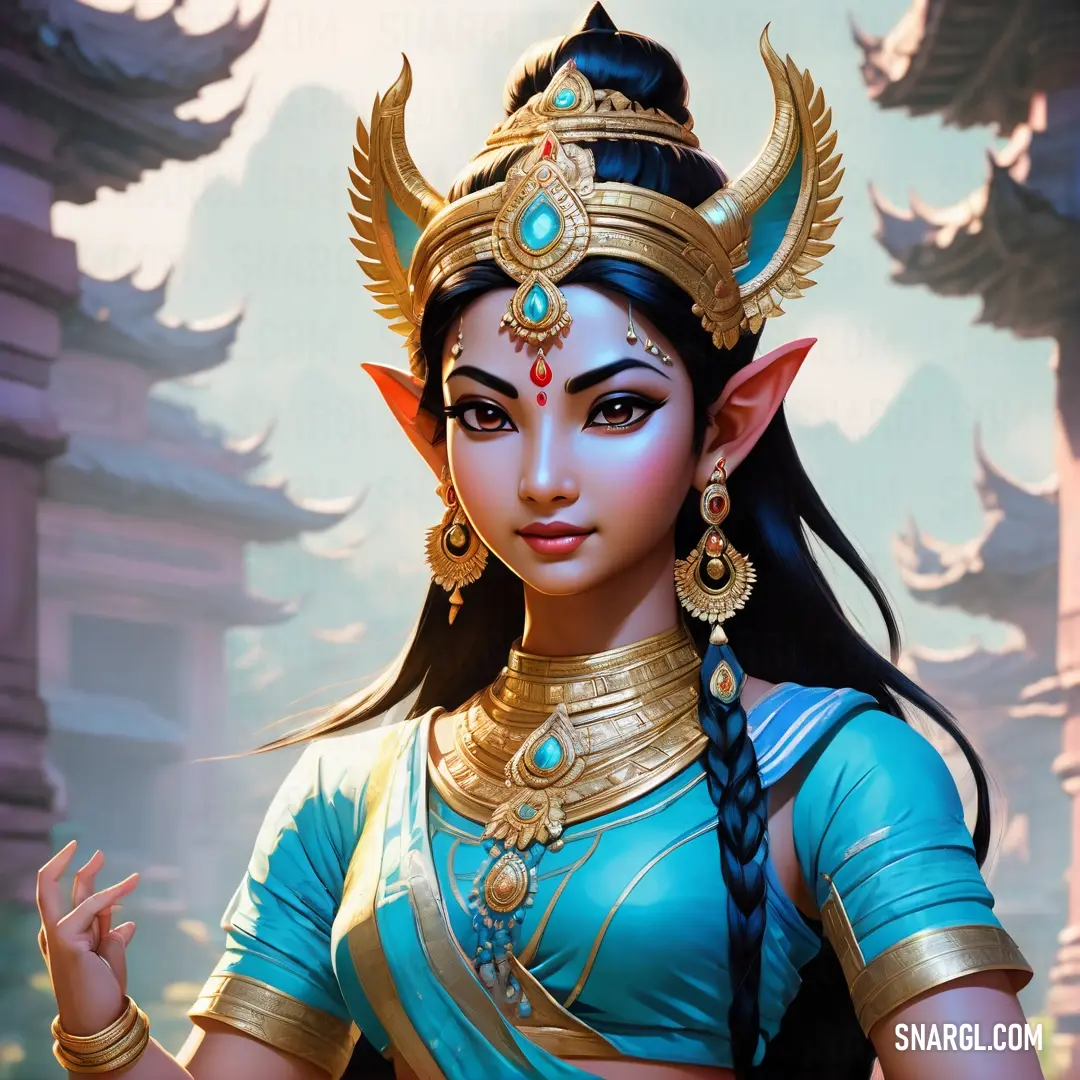
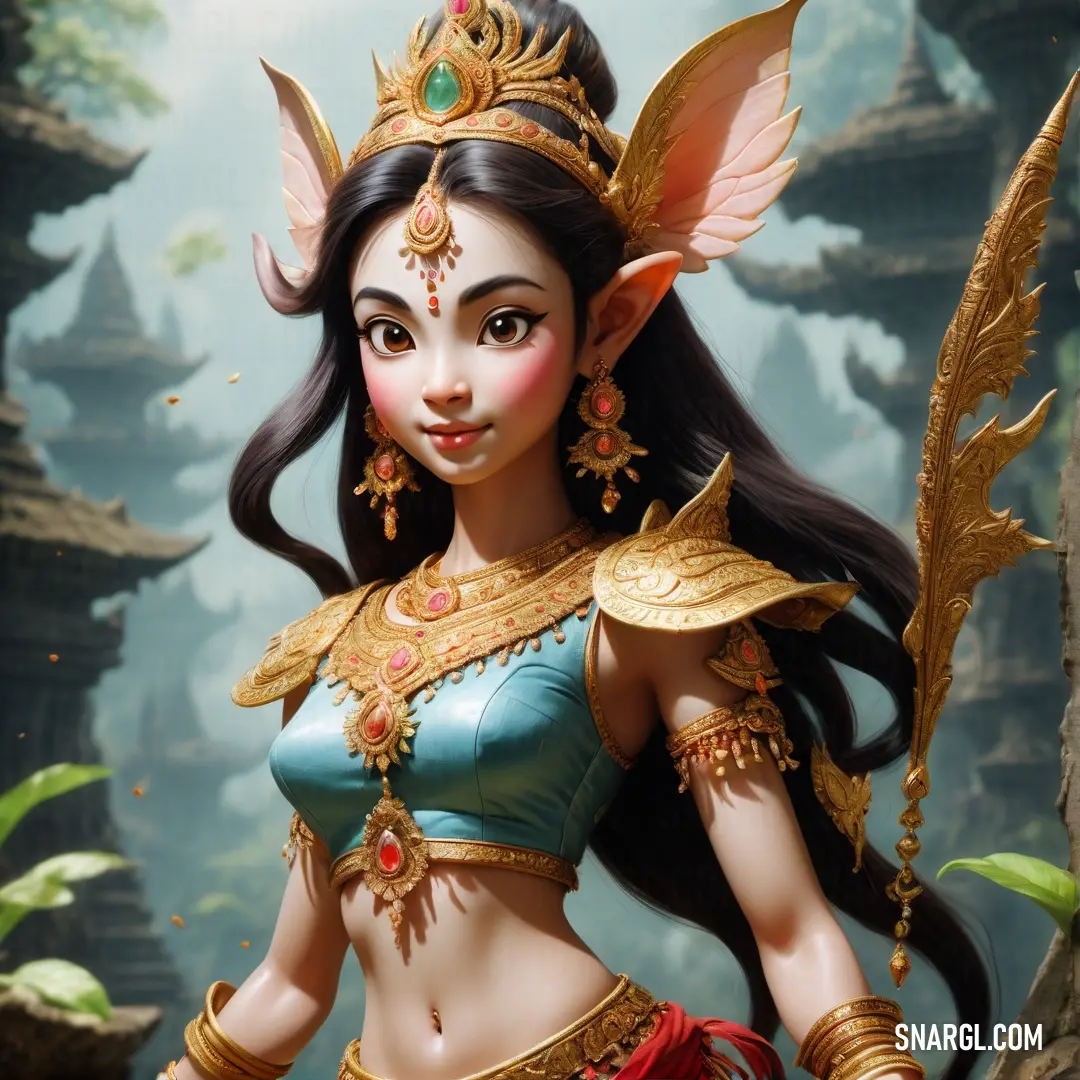
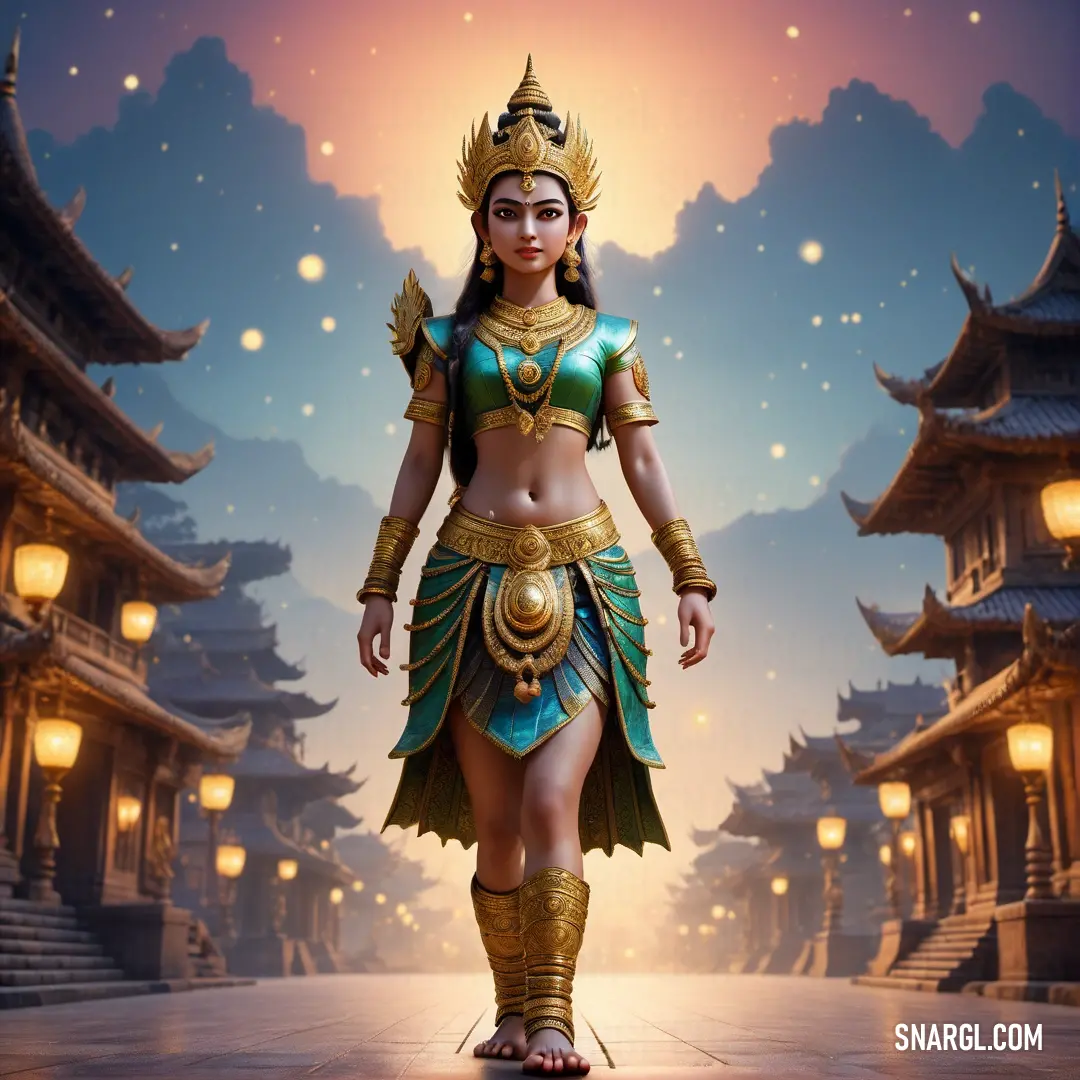
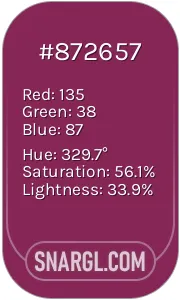 Dark raspberry
Dark raspberry Light taupe
Light taupe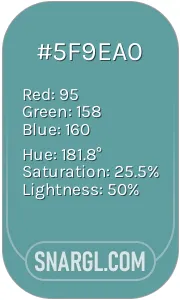 Cadet blue
Cadet blue Cadet
Cadet

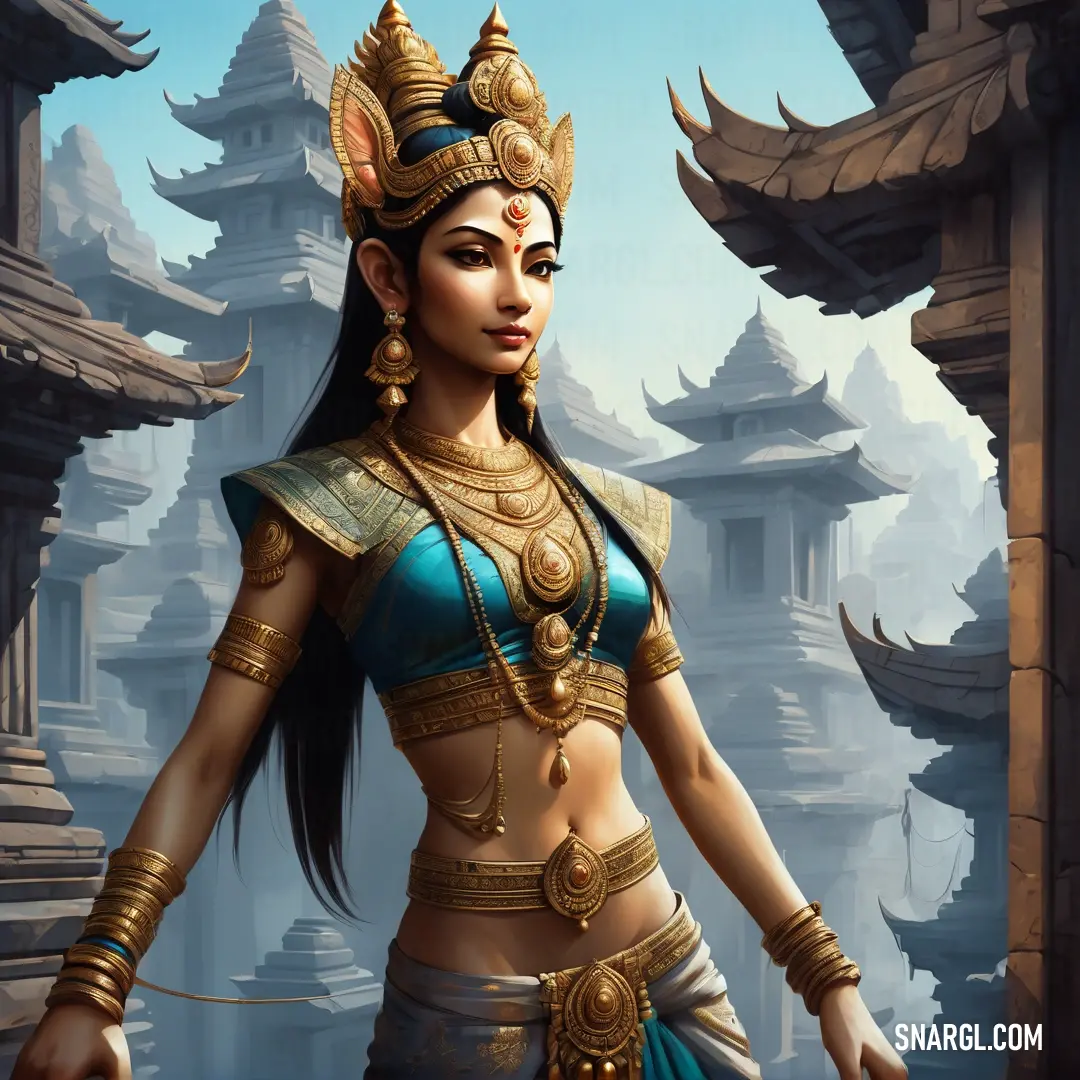
 Charcoal
Charcoal Silver
Silver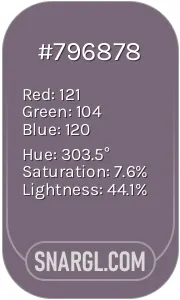 Old lavender
Old lavender Smoky black
Smoky black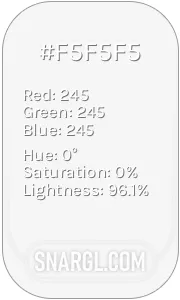 White smoke
White smoke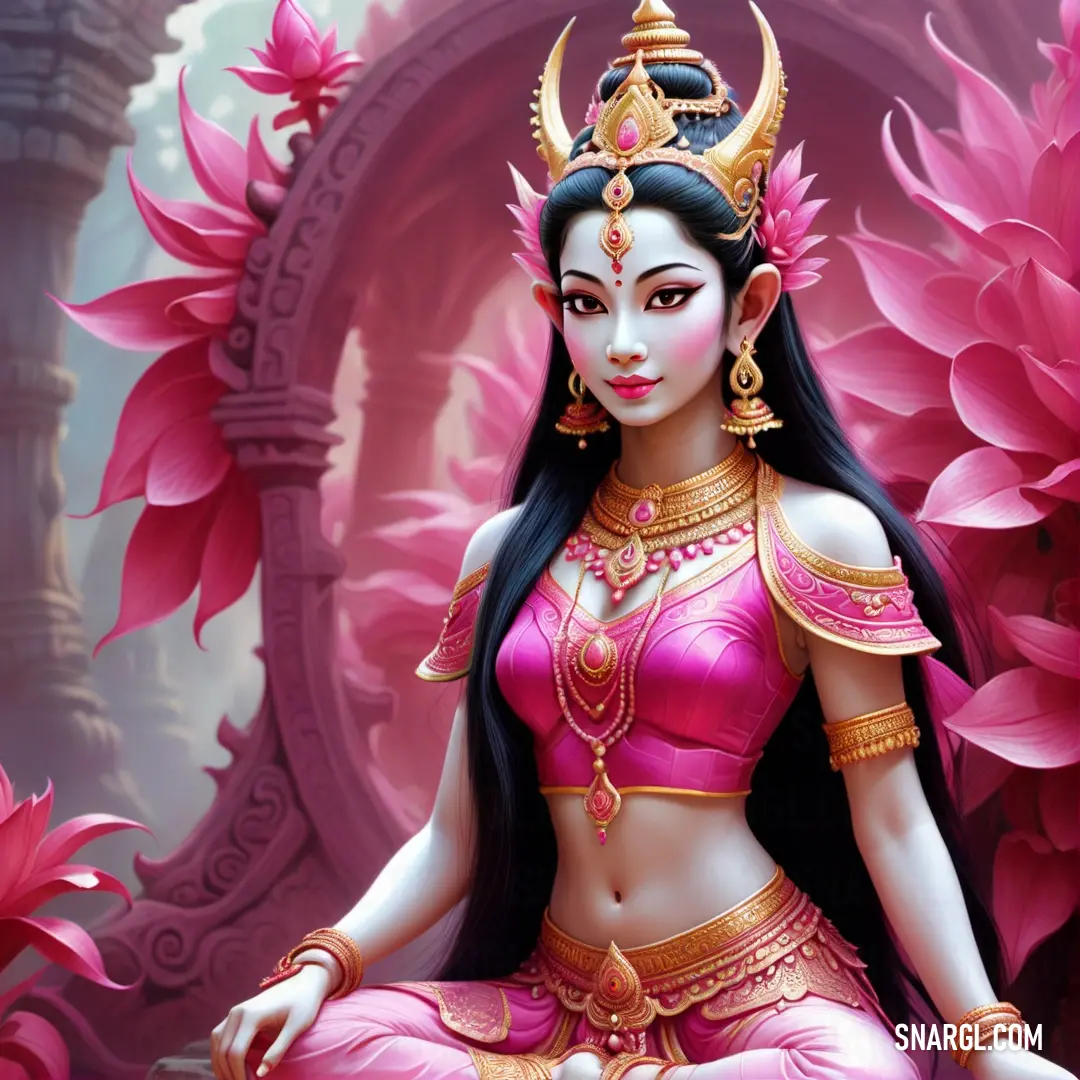
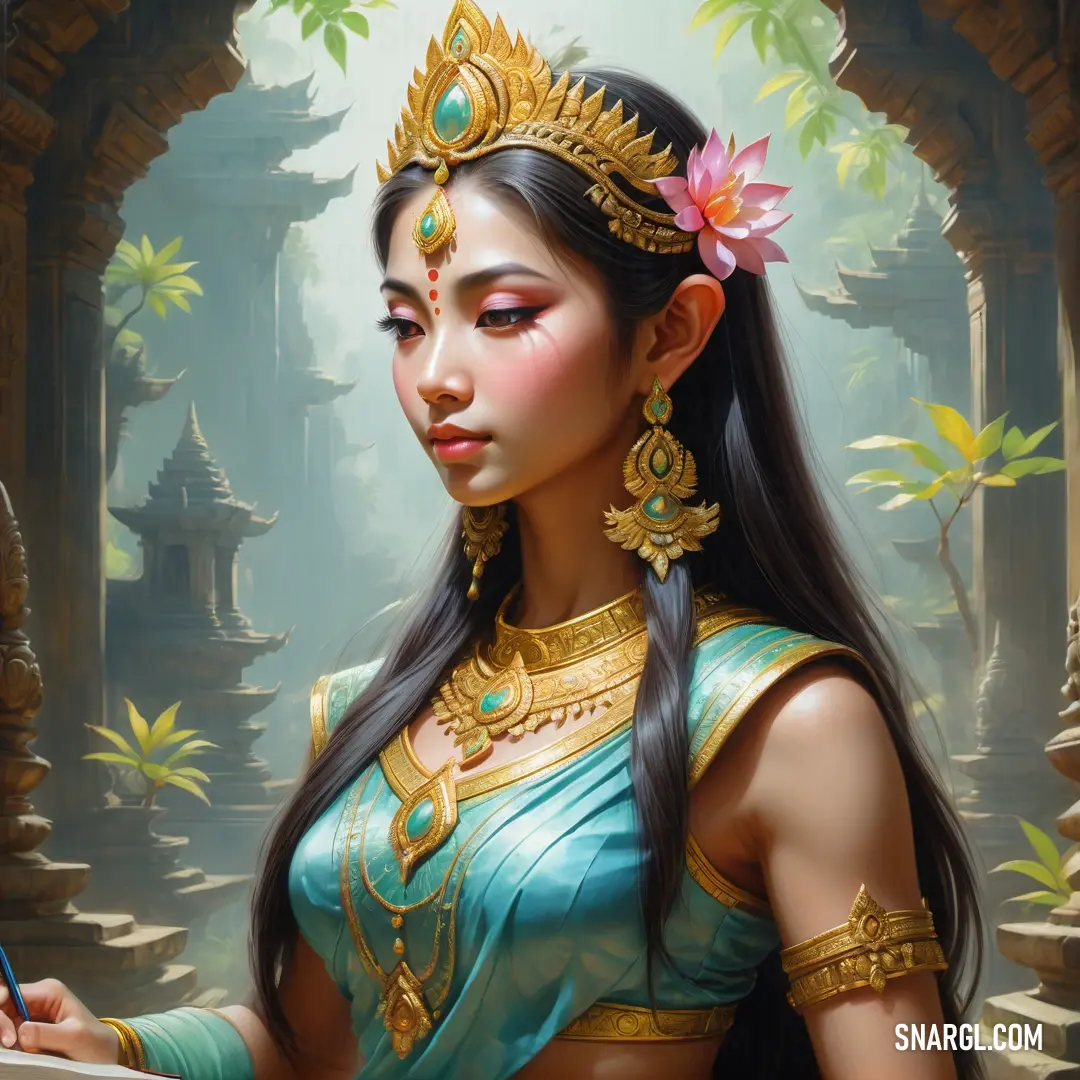
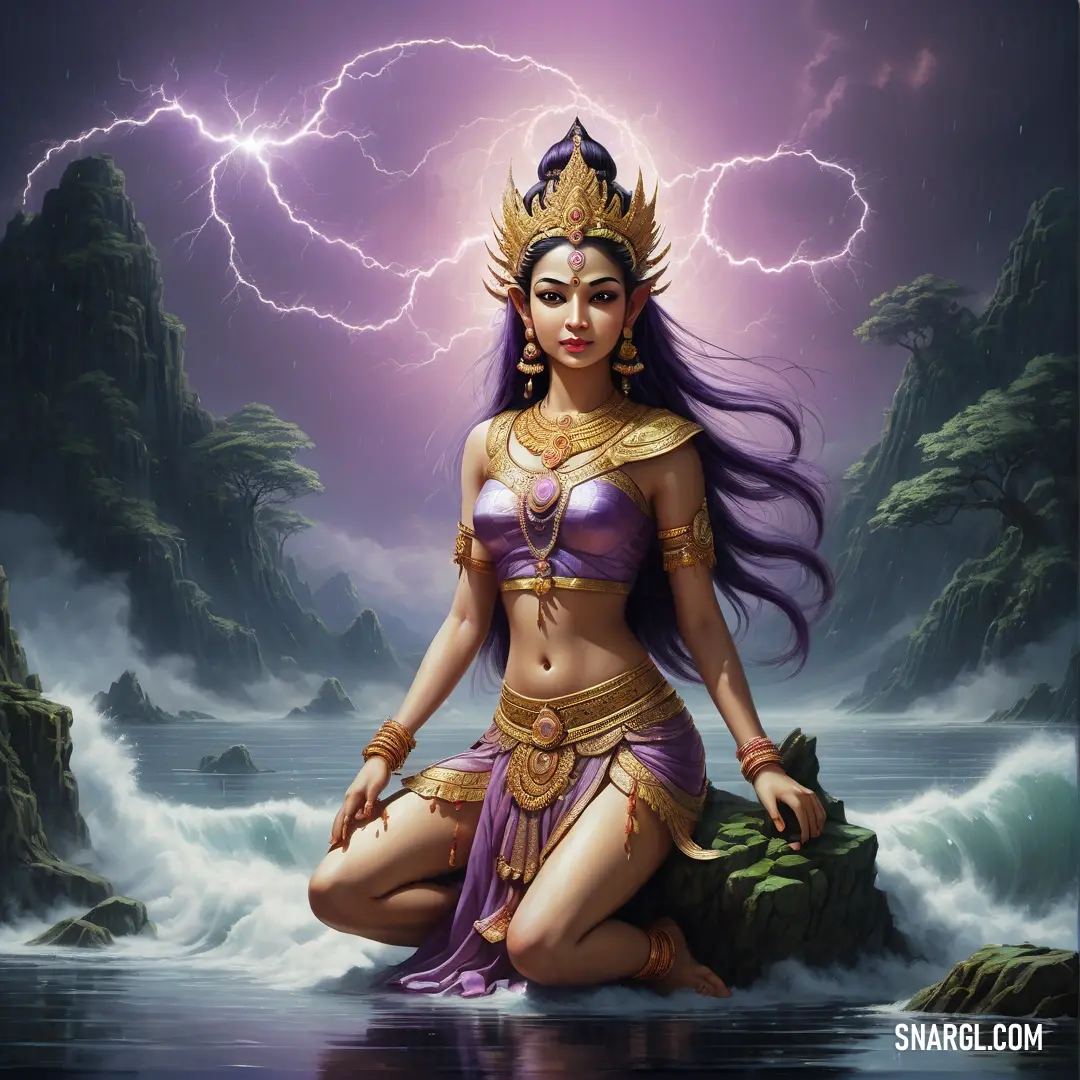
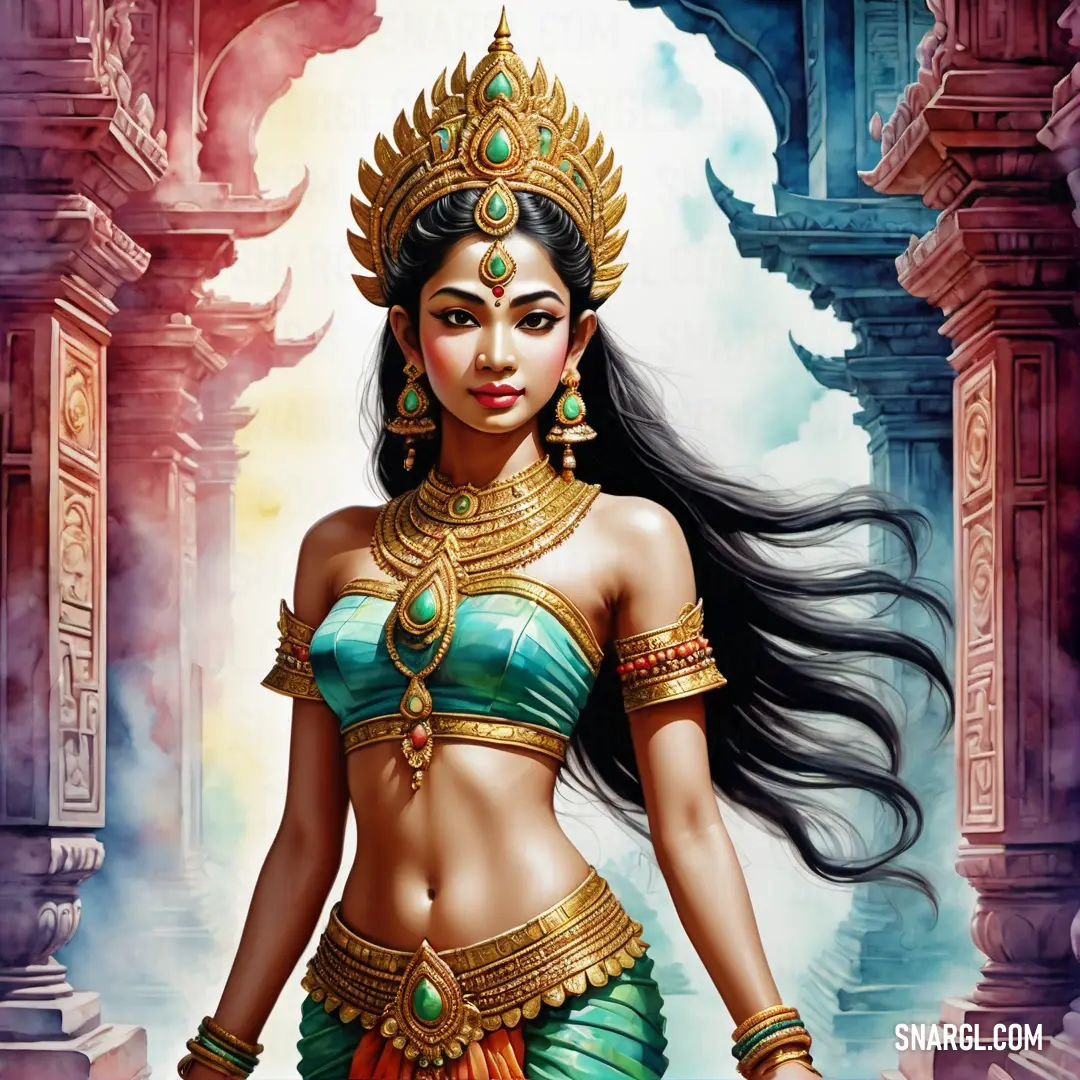
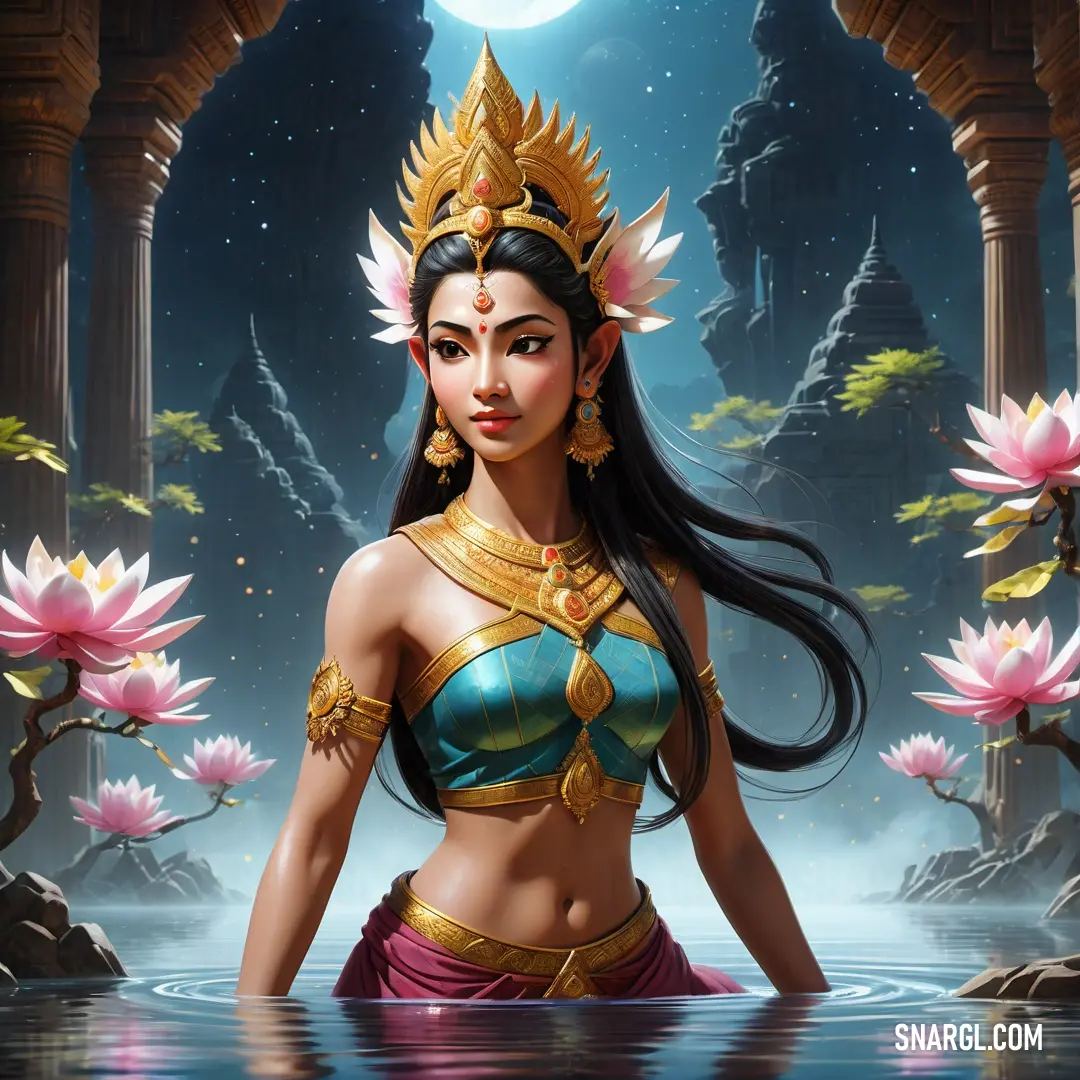
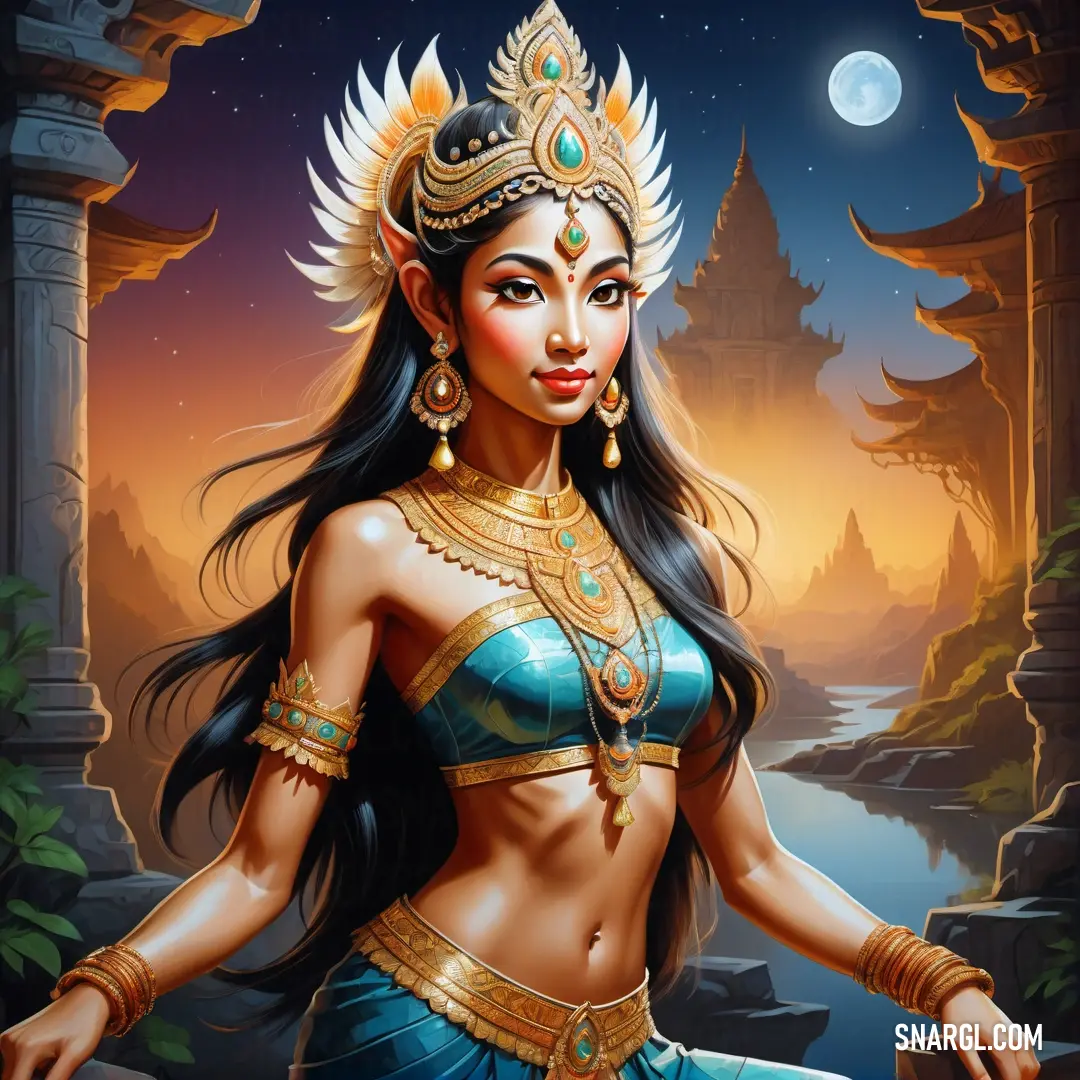
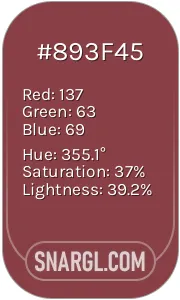 Cordovan
Cordovan Dark electric blue
Dark electric blue Seashell
Seashell





